Intro
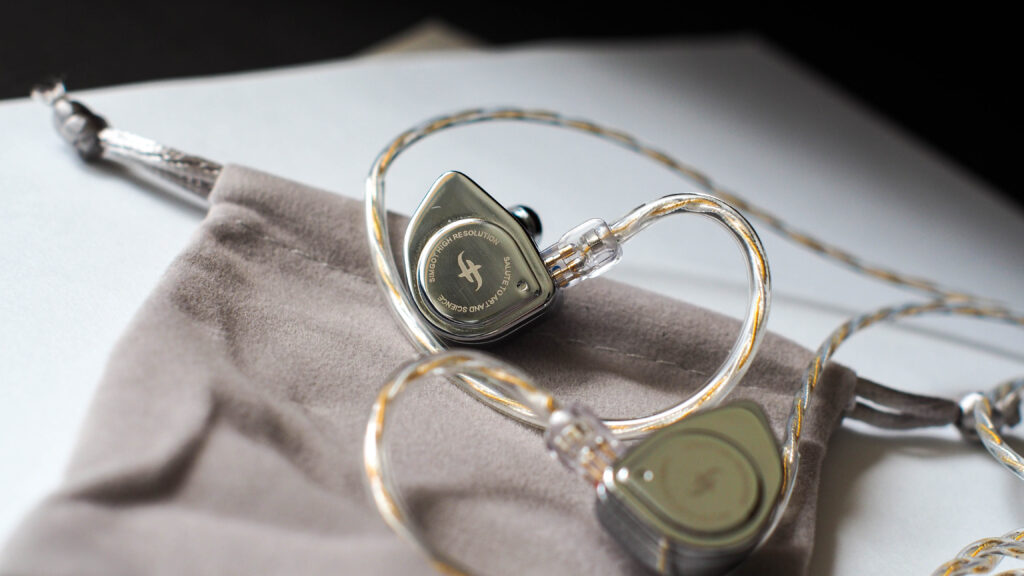
Disclaimer: The Simgot EW200 was provided to us at no charge courtesy of Simgot. However, this was done in understanding I was to give my honest thoughts and opinions of the EW200. For more of our reviews, feel free to check out our site: perrivanaudio.com
It has been a while since I’ve heard or tried a Simgot IEM. Given the opportunity to test out a new single dynamic IEM with a newly designed driver, it sounded promising. At around $40, it is admittedly a very competitive and saturated market, with plenty of great options around $20, and also plenty upwards in price as well. We would have to see if the EW200 holds its own against the competition and find its niche in the market to make it shine.
Accessories
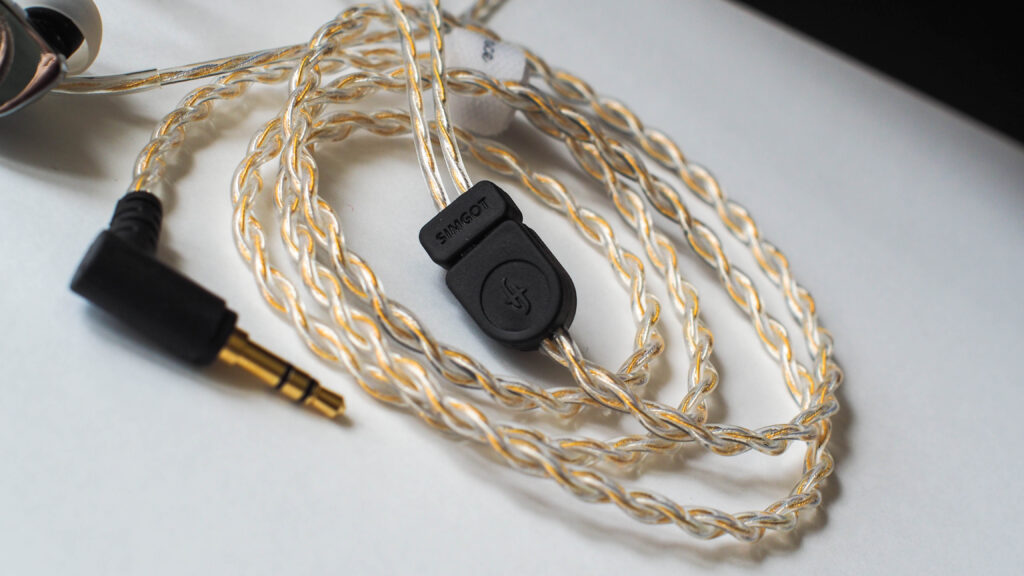
The IEM is packaged well for a budget IEM. The packing was well designed and everything looked well thought out. It comes with a felt pouch which is a pleasant addition for someone who is just getting his or her first IEM, and the EW200 seems poised to be a potential target with its reasonable asking price point. It also comes paired with a twisted “Silver-Plated OFC Cable”. The cable looks nice paired with the mirror polish of the IEMs. Not many complaints in this department.
Build Quality and Fit
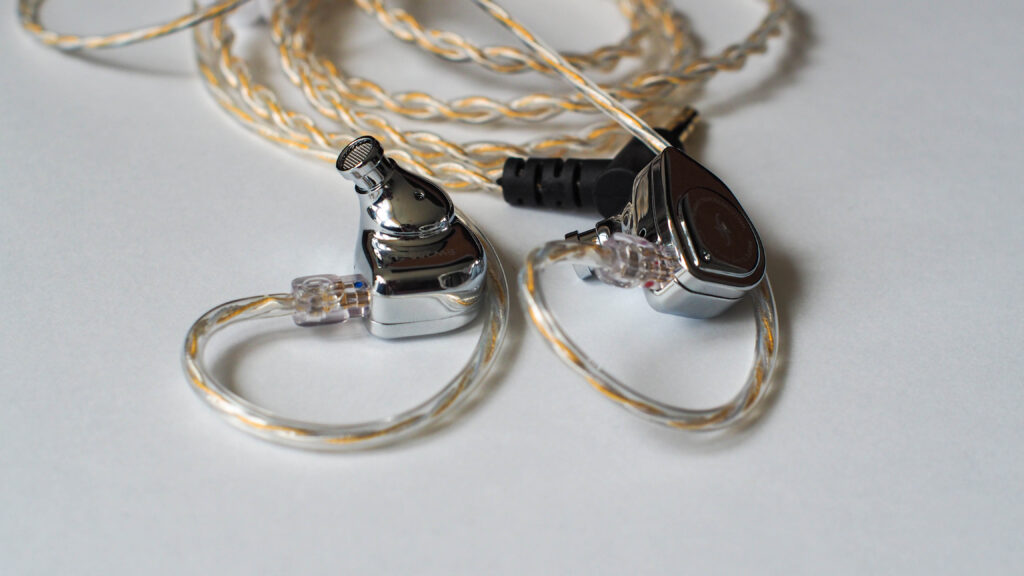
Build Quality is pretty good will a polished all-metal body. Apart from the fact that it’ll get smudged easily with fingerprints and oils, it’s quite a pretty and well-finished IEM. The shells aren’t too heavy themselves and are rather small in size. This lends itself to a comfortable fit for smaller ears and works well when using them on the go.
Sound
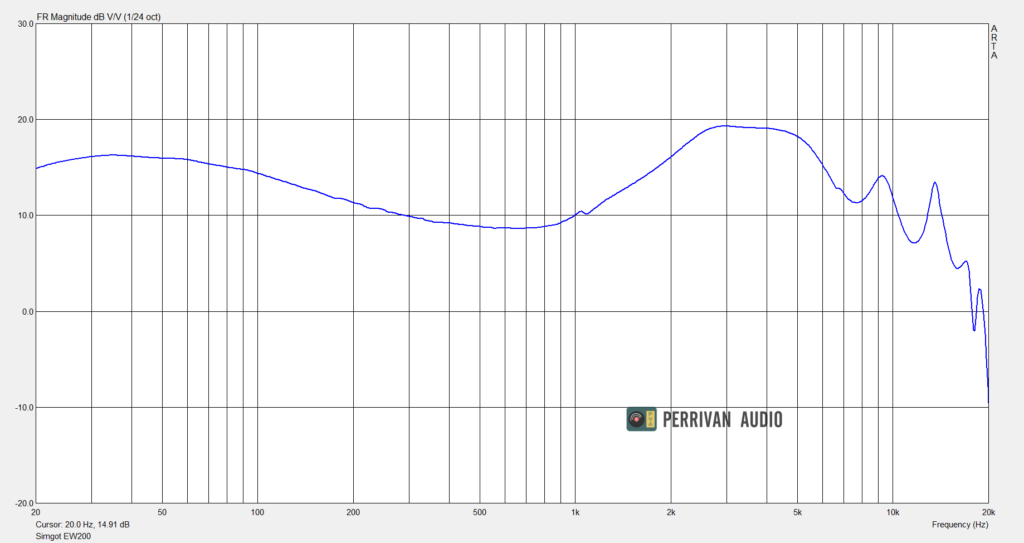
Frequency Response of the Simgot EW200
Sources
- Fiio BTR7
- Hiby R5
- SMSL M200–>Schiit Magnius
Bass
Simgot is no stranger to single dynamic driver IEMs, having designed many models over the years and this EW200, the first IEM I’ve tried from them in a few years reminds me of their expertise. The bass on the EW200 is very tastefully done. It’s one of the nicer bass responses I’ve heard from a budget IEM. It is crisp and punchy, without too heavy a note weight and a rather natural decay. It has a reasonably satisfying sub-bass extension. This gives a very textured and nuanced bassline, that brings out clarity in the basslines without any bleeding.
Mids
Being generally quite picky on the mids, I feel this is where the EW200 falls slightly short of greatness. Don’t get me wrong, it is still good enough to make the cut for a rather decent budget option overall and not a deal breaker for me. However, right from the initial listening, and even throughout my listening journey of 2 weeks, I did notice that there is a certain thinness in the vocals and this creates a slight unnaturalness in tonality. Male Vocals can come across as a little nasal in certain tracks, and female vocals seem to lack the body. Otherwise, I find the overall balance to be decent and to be quite pleasant to listen to across most genres. The midrange is energetic but there aren’t any offensive peaks that make daily listening a pain. Clarity is really good for the price and separation exceeded my expectations for sure.
Treble
The treble does extend well with significant energy and presence. What this does to the sound is it can turn it a little dry and thin on certain tracks, especially on acoustic or simpler tracks. However, this can very well be a plus for someone given the quality of the treble and the detail retrieval which both exceed expectations. It isn’t ever sibilant and that’s a huge plus for the EW200.
Overall
The EW200 is tuned rather well and I can see that there would be people with a preference for its tuning. Combined with pretty good technical capability and clarity, and decent imaging and staging, the EW200 is a pretty good all-rounder for its price point. My main gripes are in tonality and timbre, which can get a little unnatural (my perception) when compared to my “ideal” tuning.
Conclusion
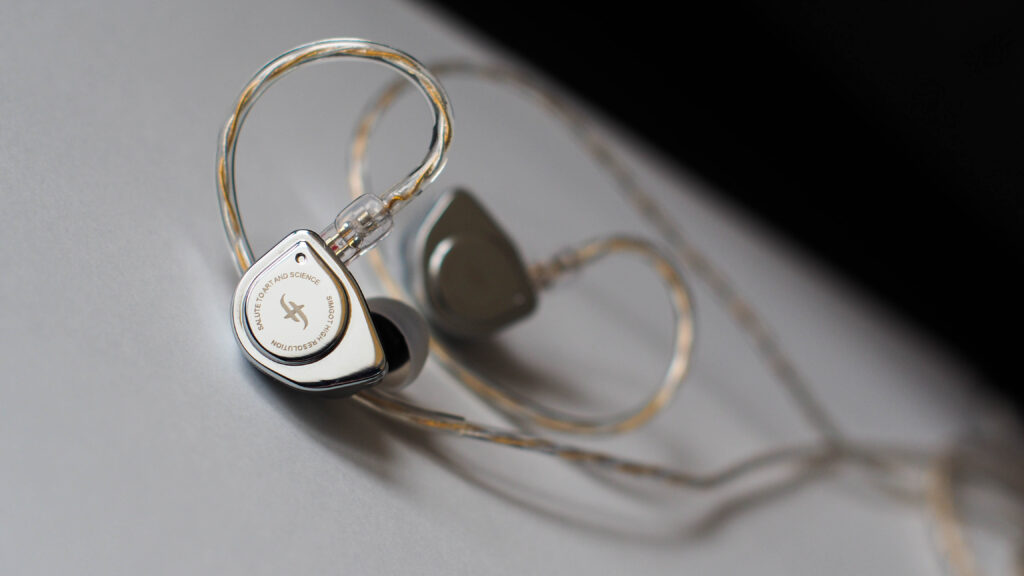
The EW200 is a solid option for those. I really like the bass response on these and how they really shine in bassier tracks, and handle the basslines comfortably without muddiness but still having a satisfying punch and presence to keep the listening experience fun and engaging. It’s not a boring IEM and I think most should be able to enjoy their experience with these. Let’s see if Simgot can take what they did with the EW200 as a base and develop more quality thought-out products like this.






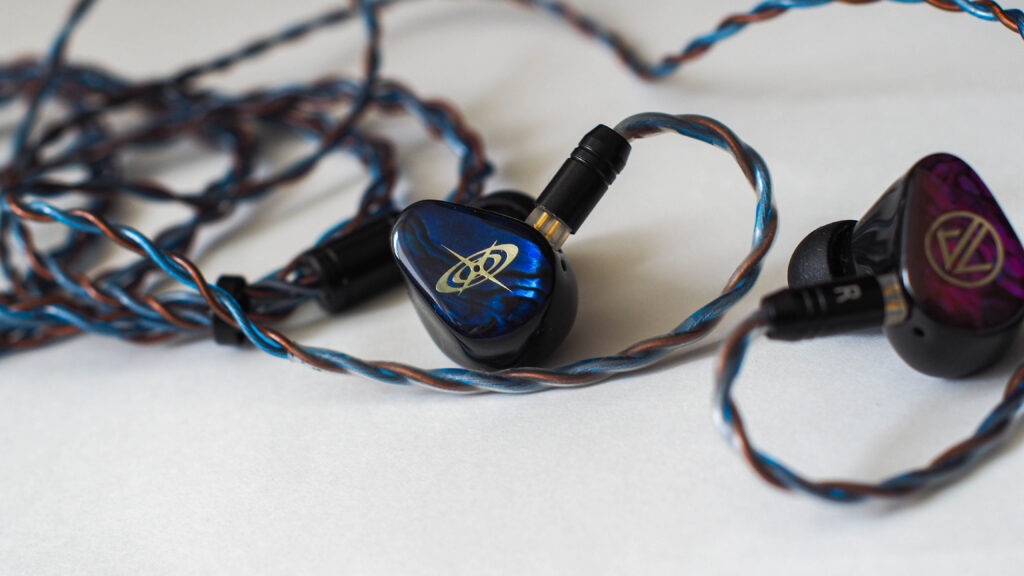

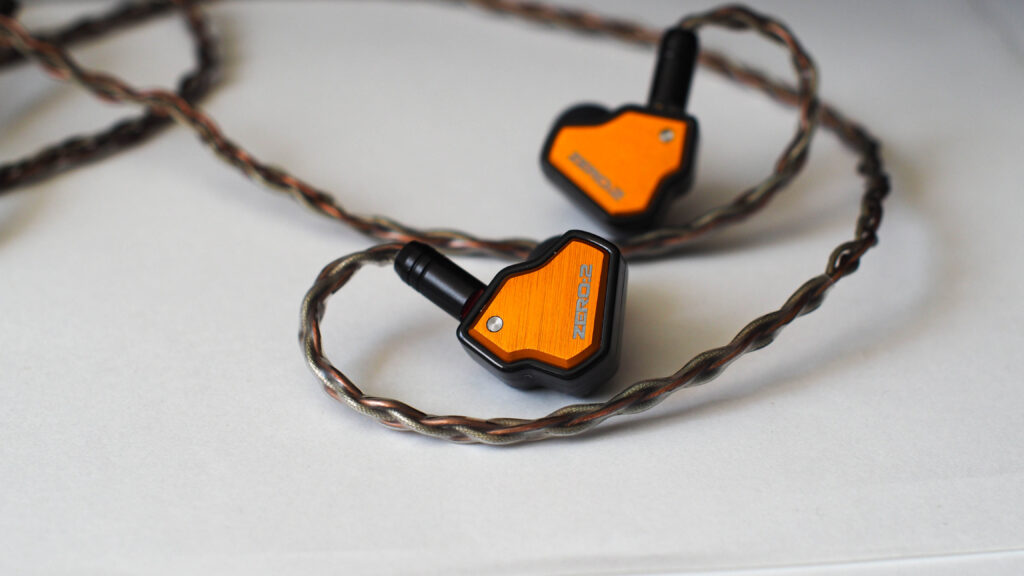
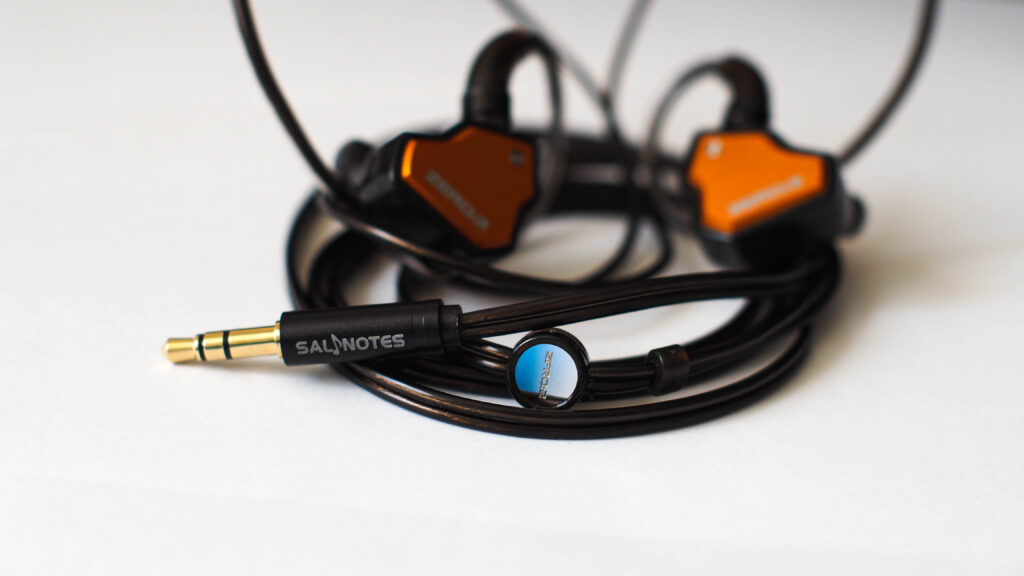

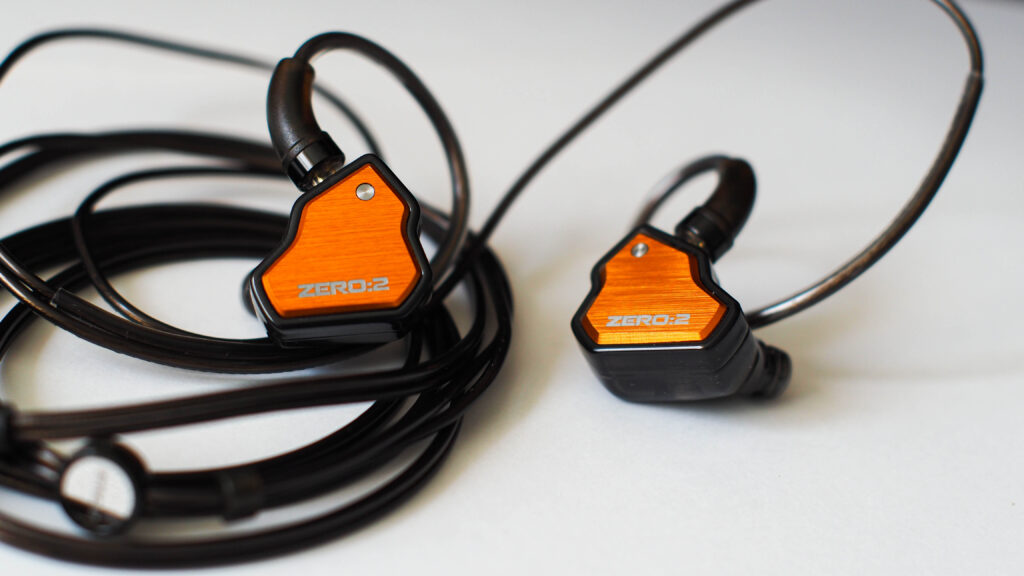

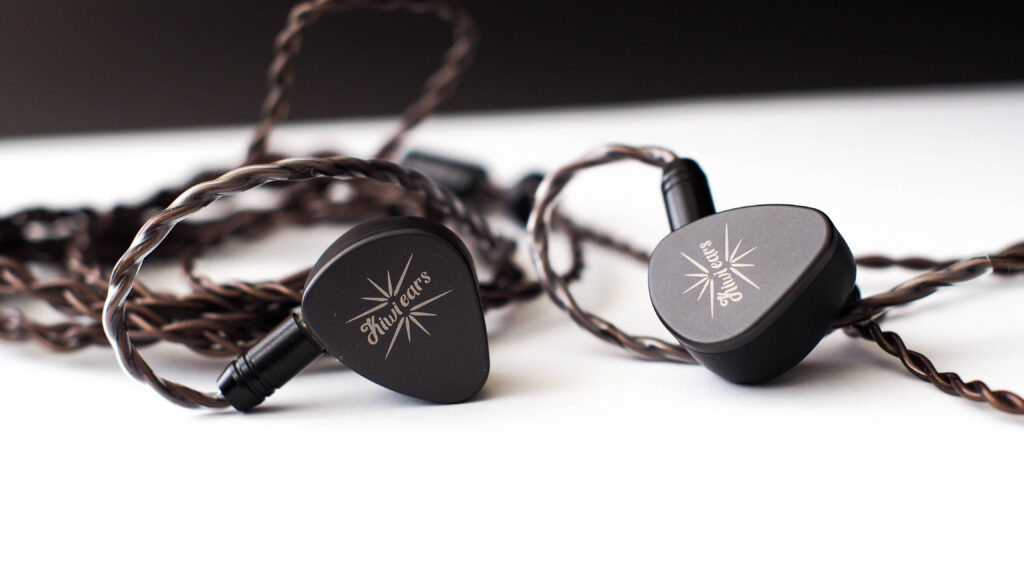
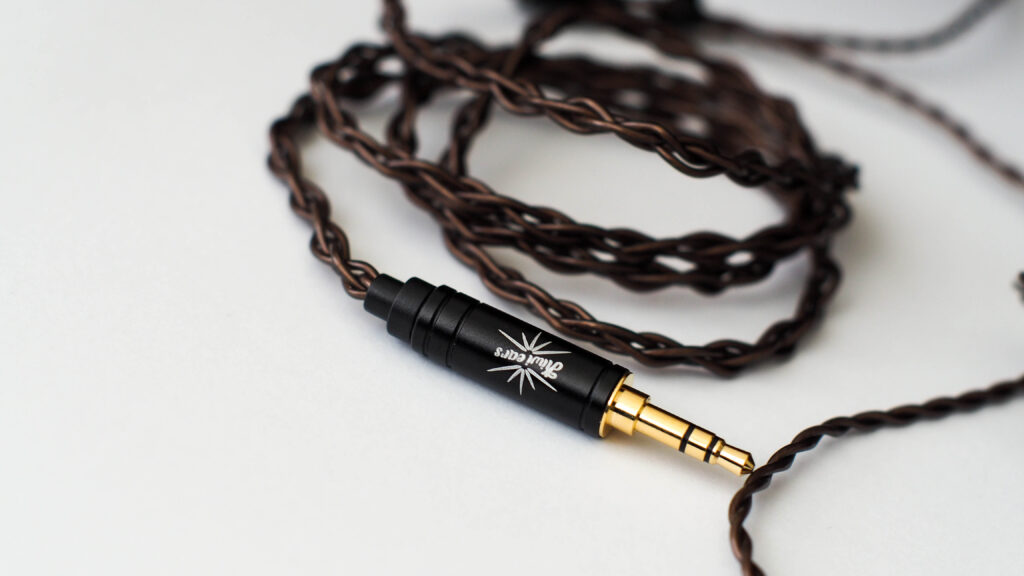
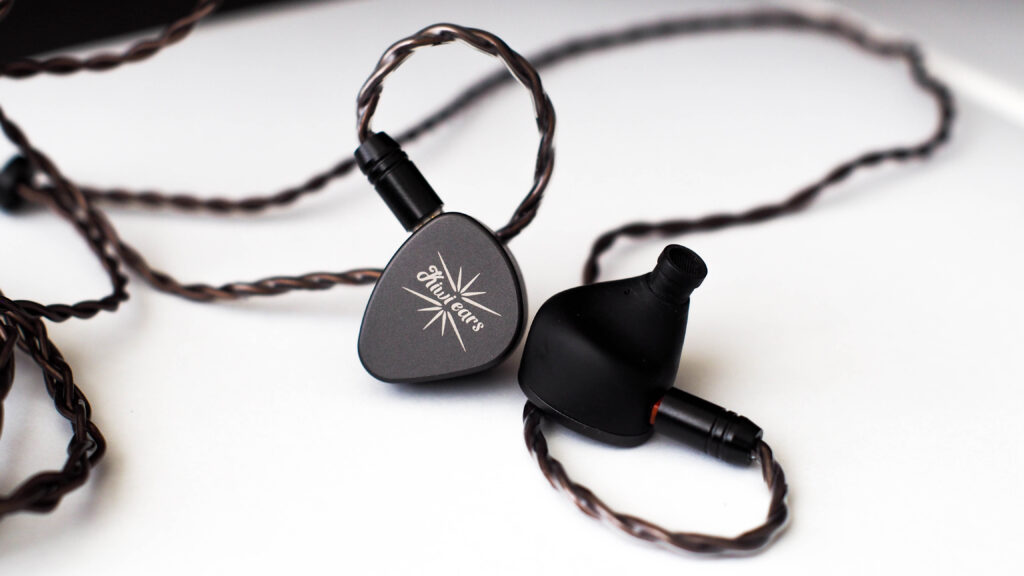
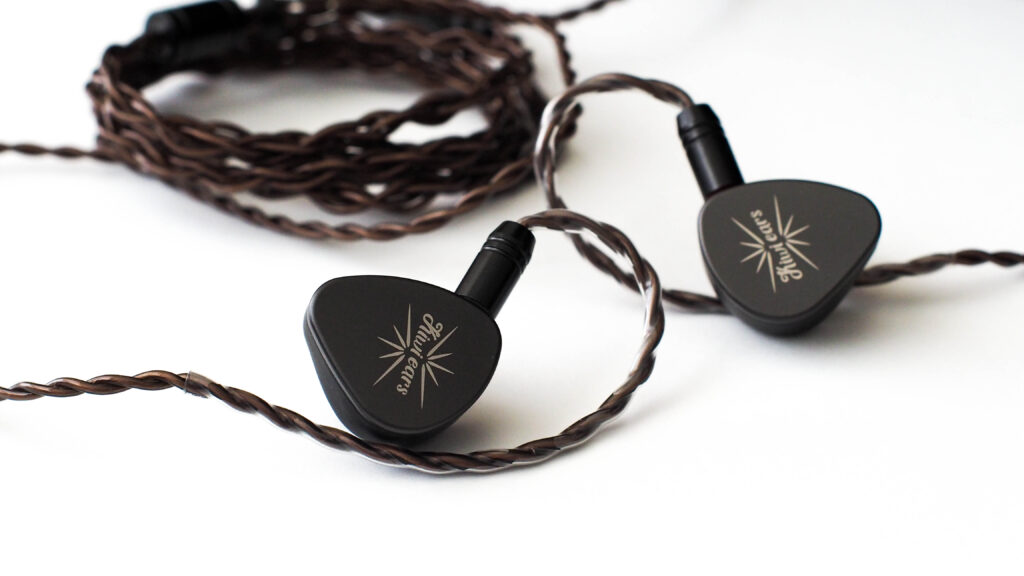

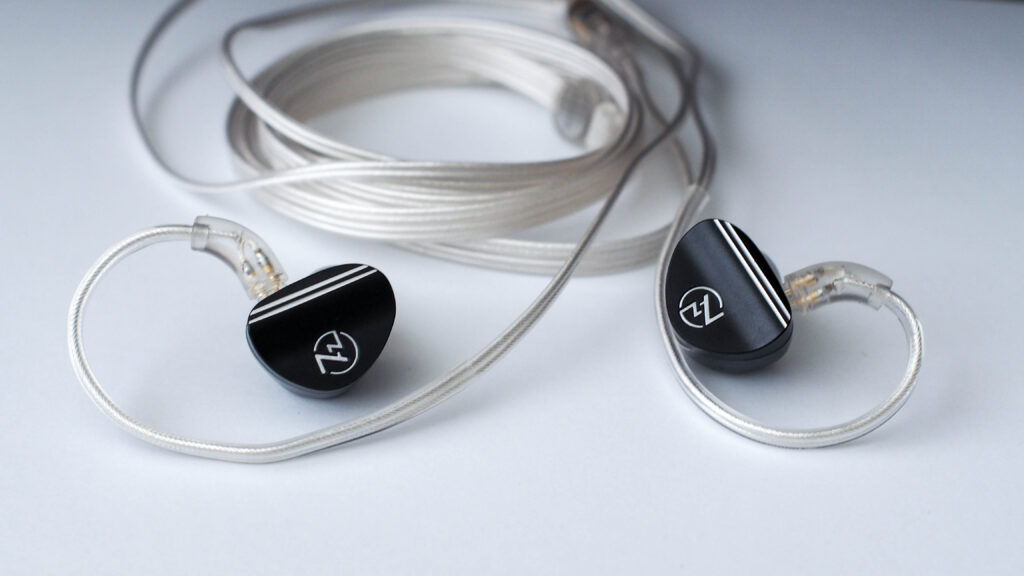
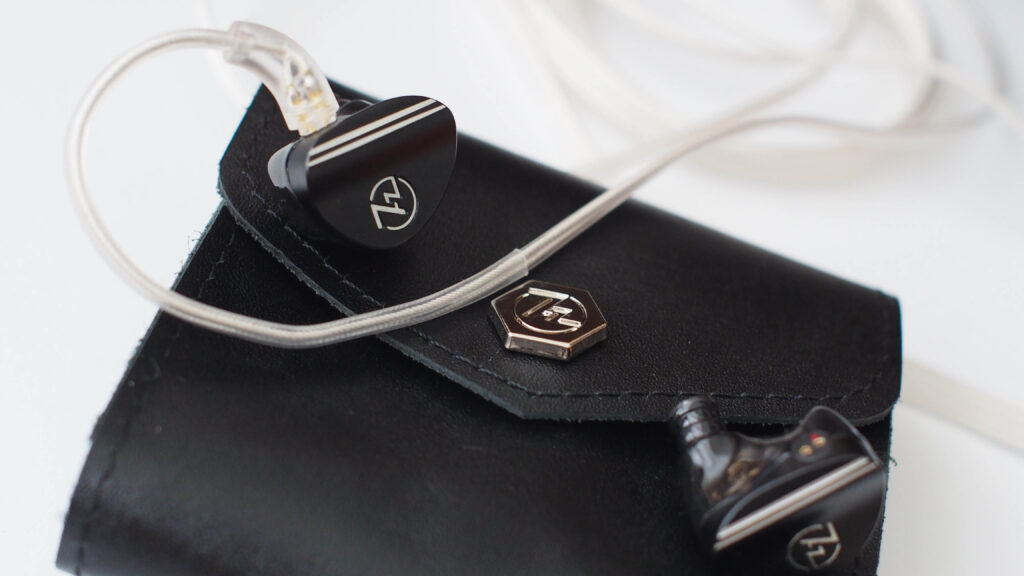
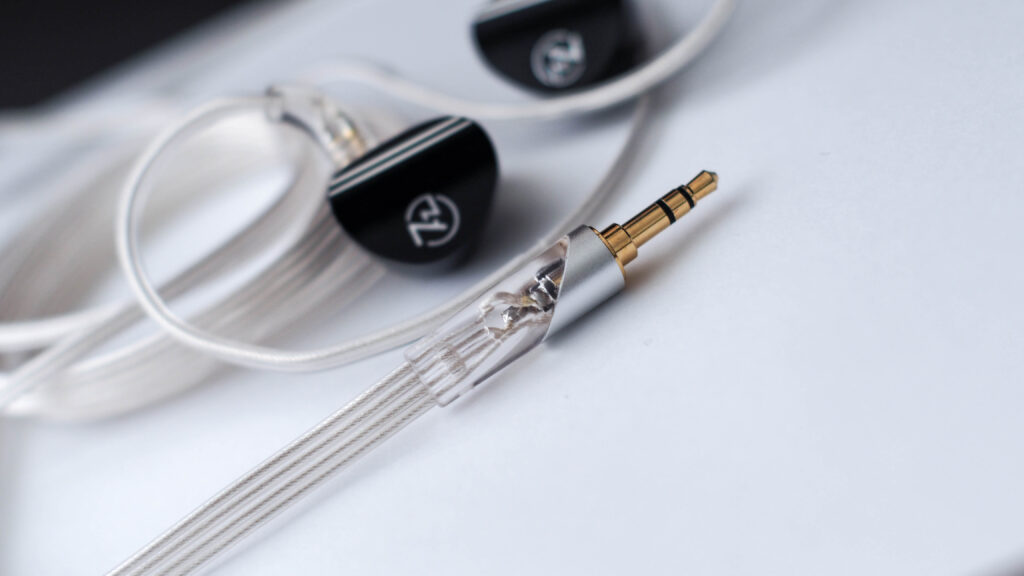
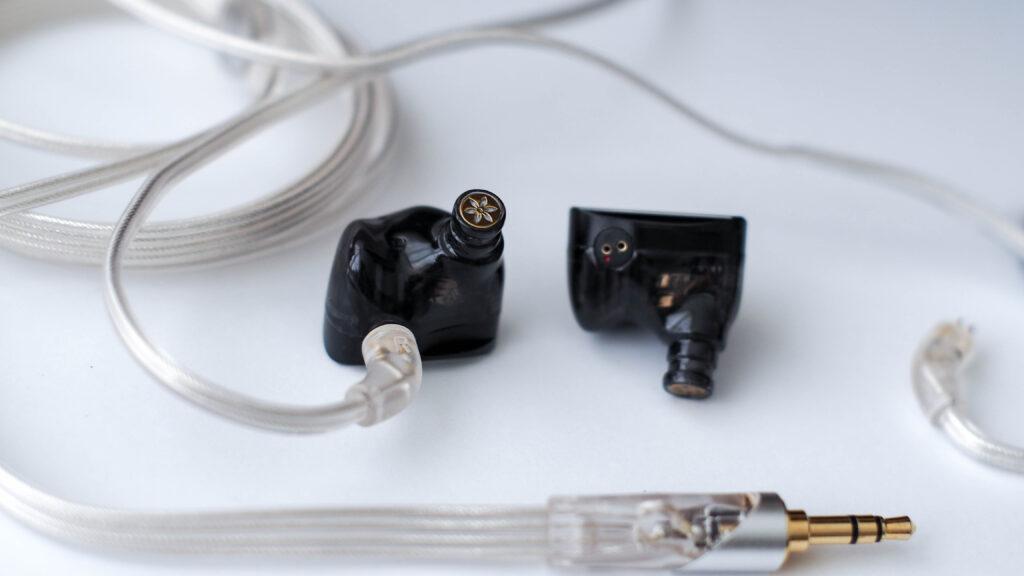

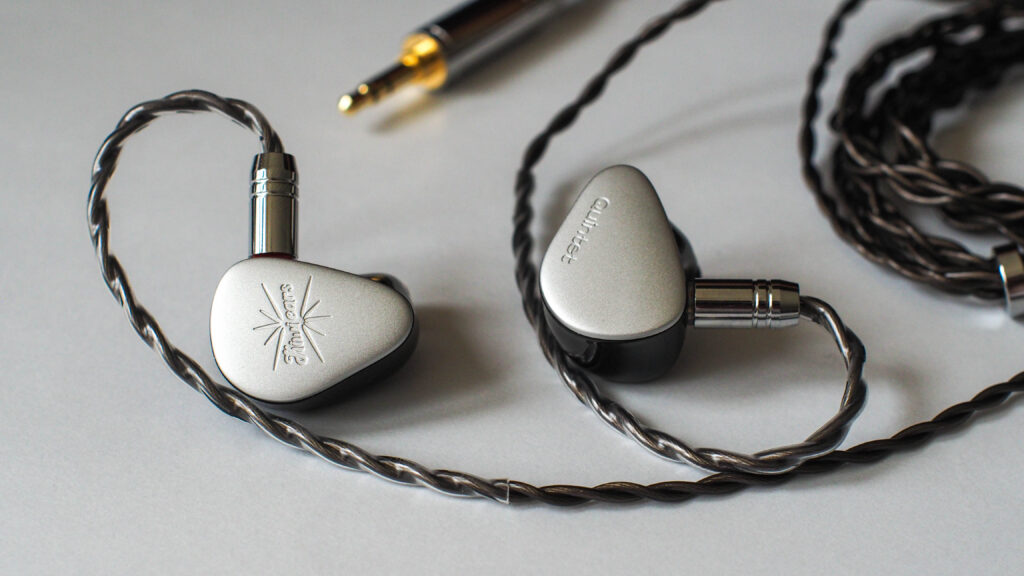
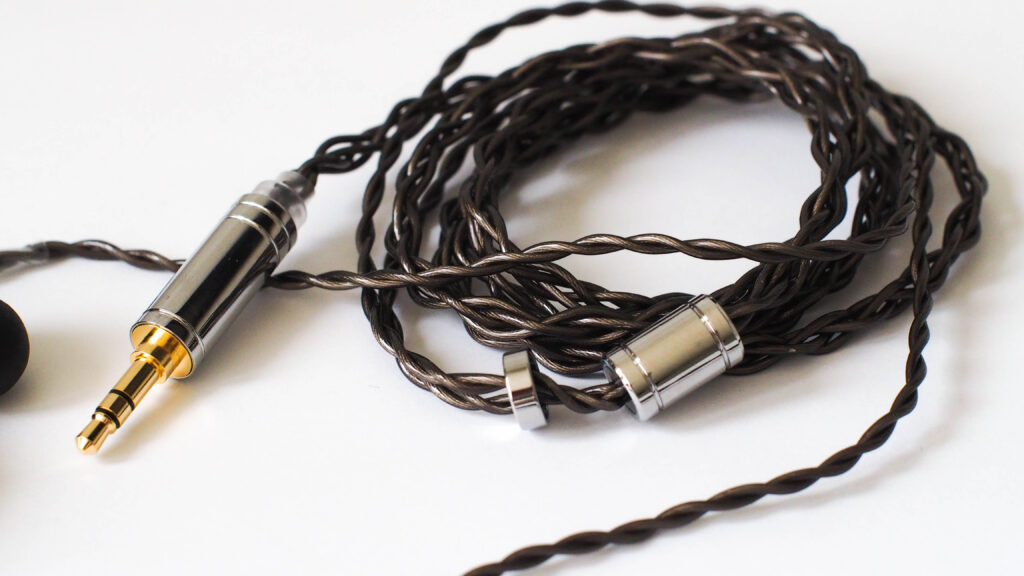
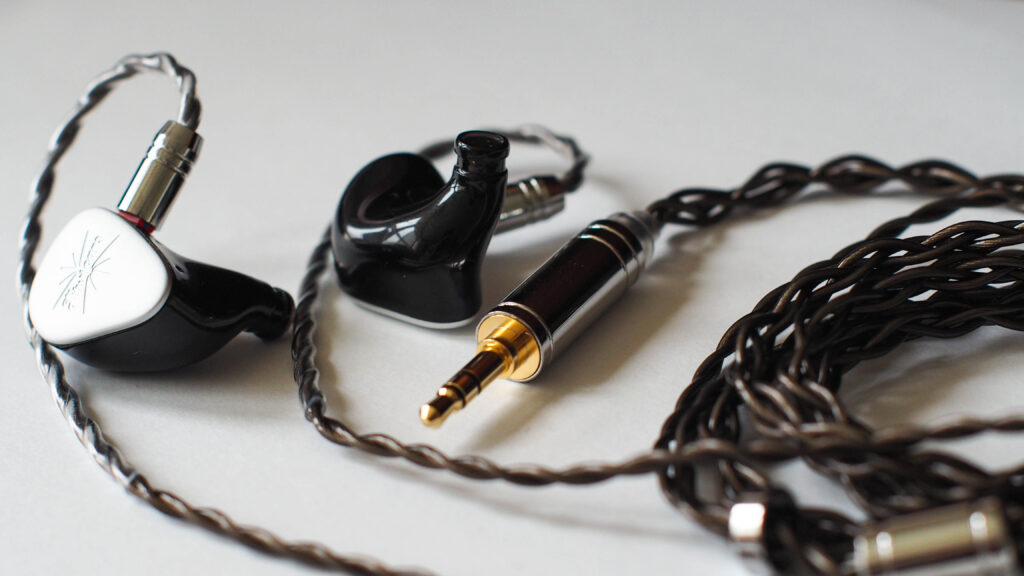
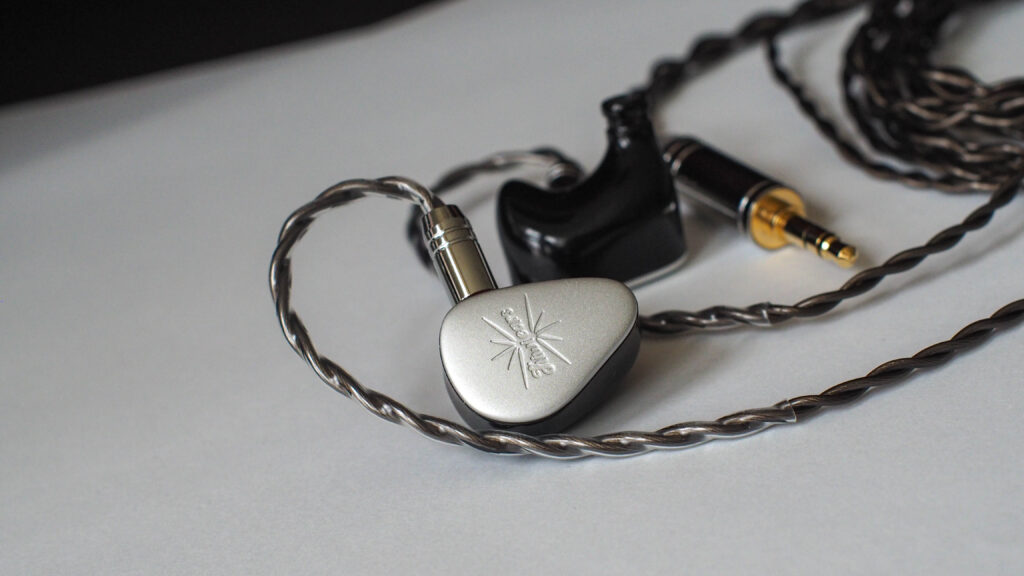

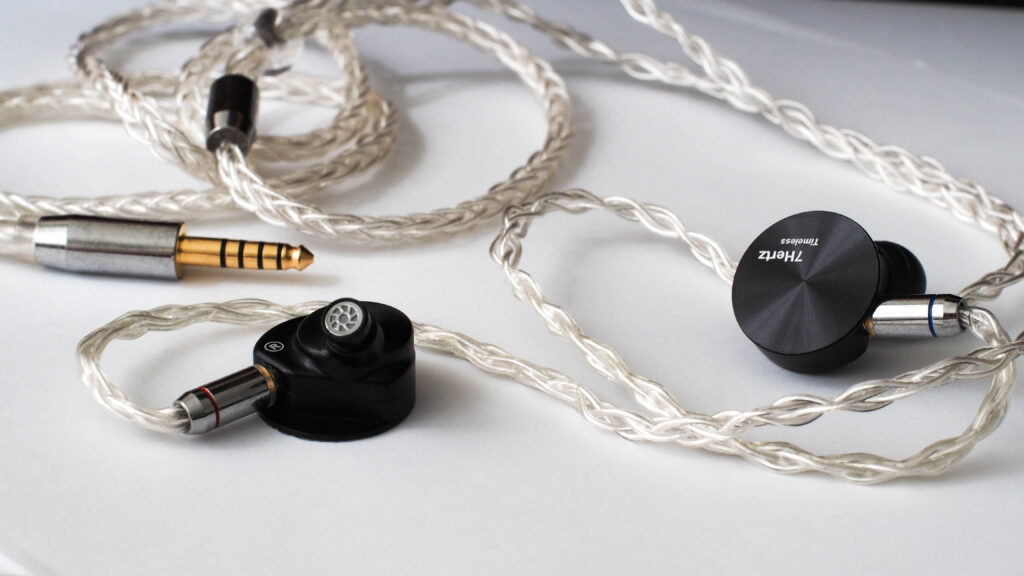
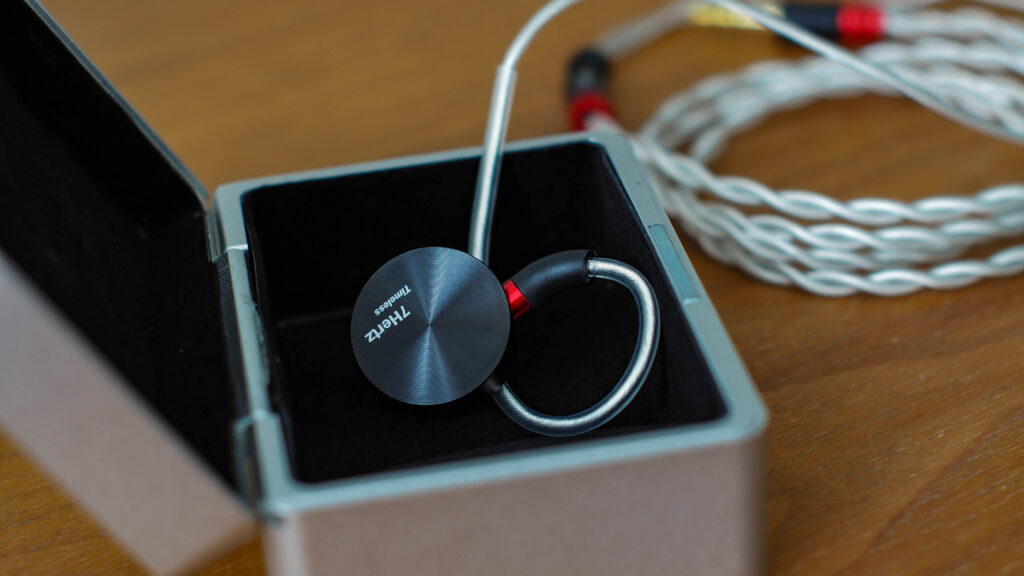
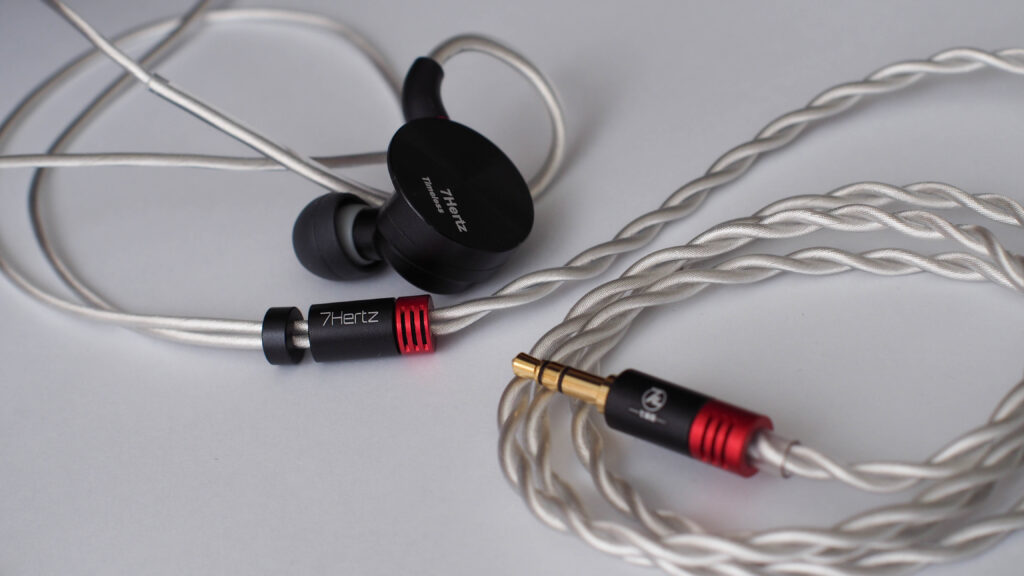
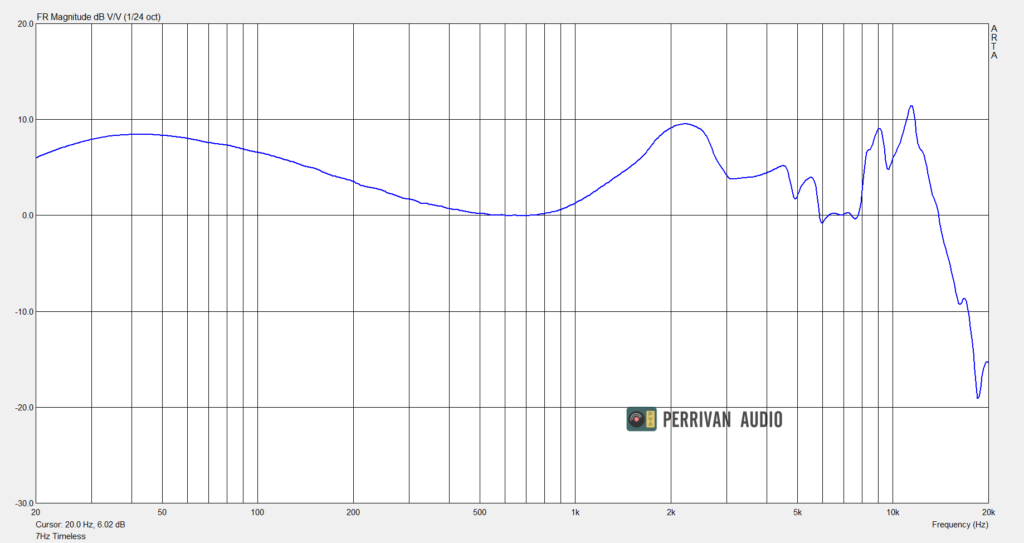


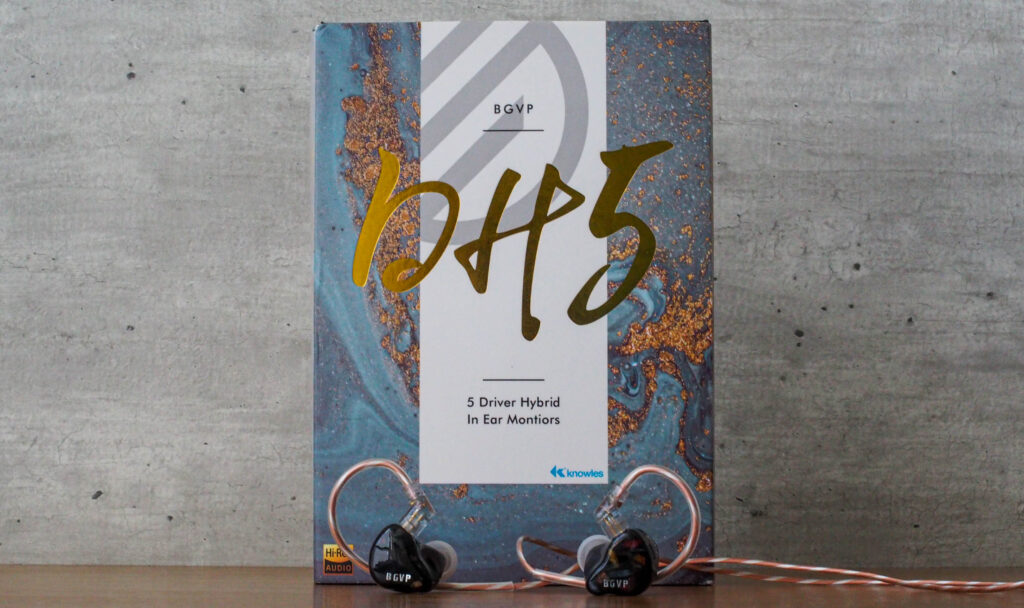
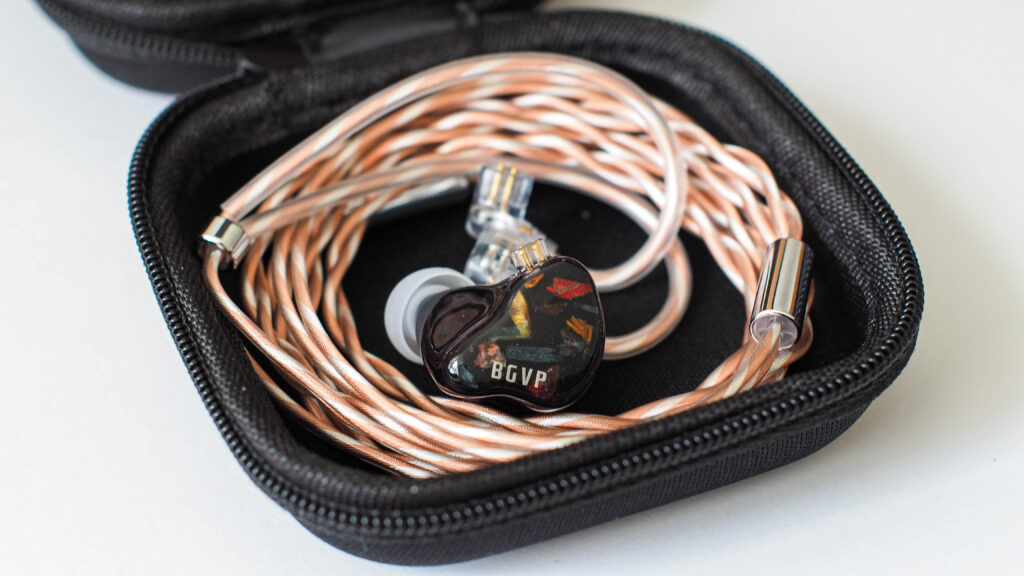




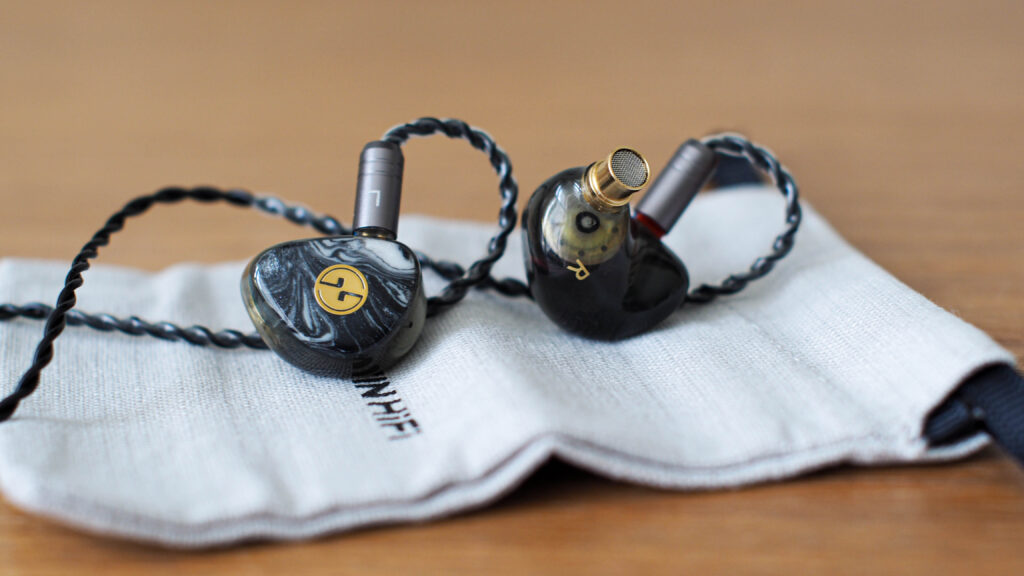

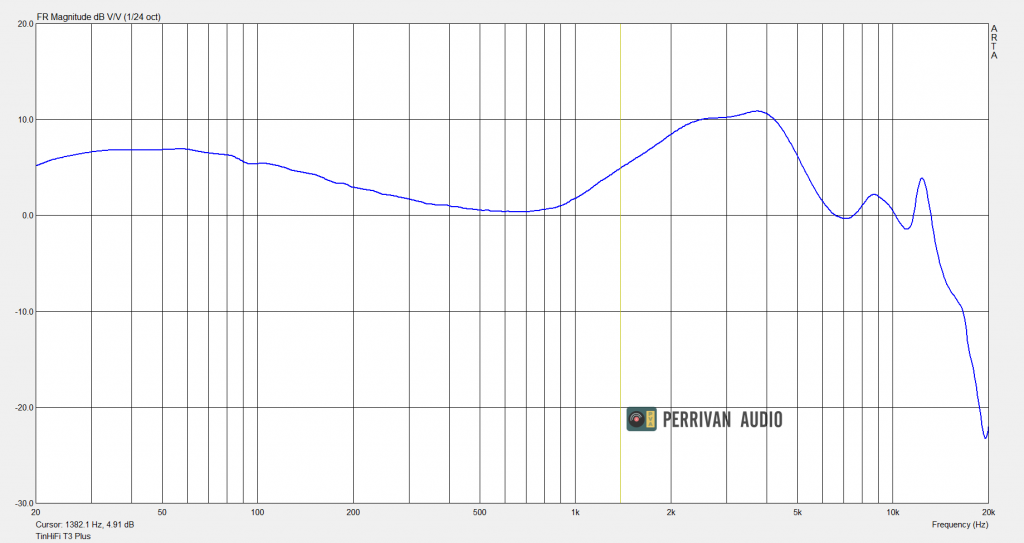
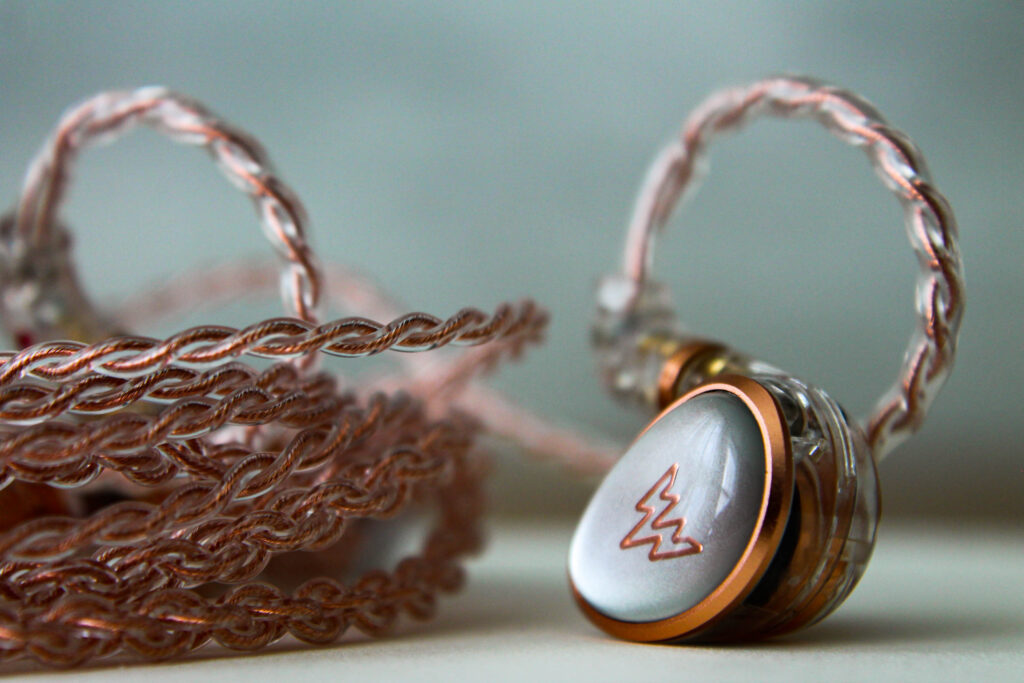

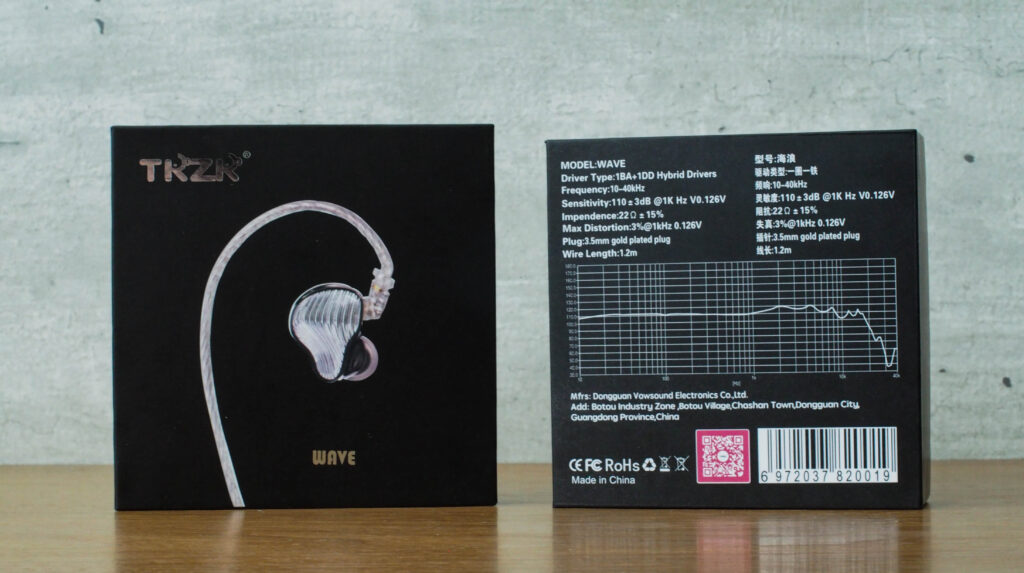
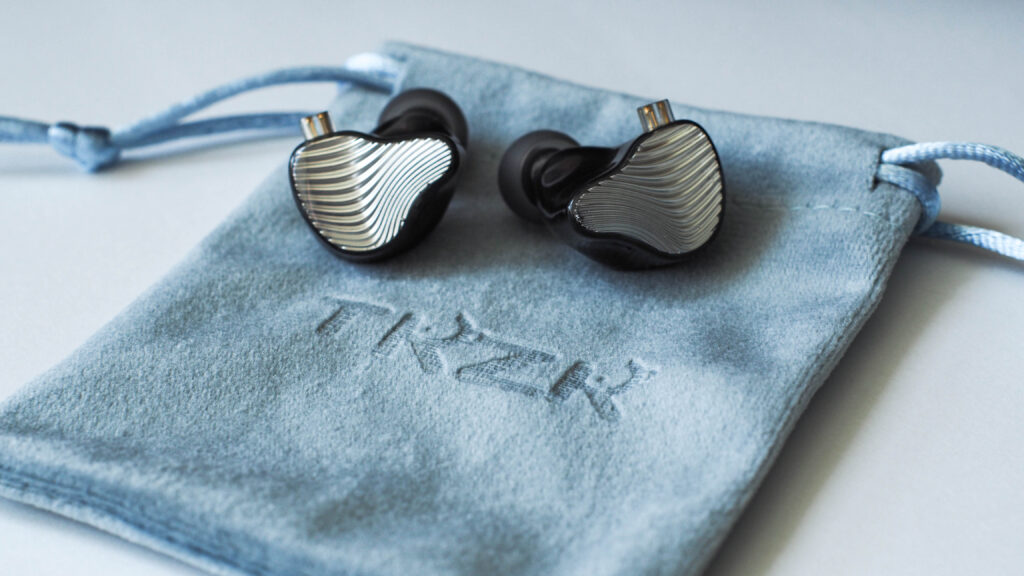
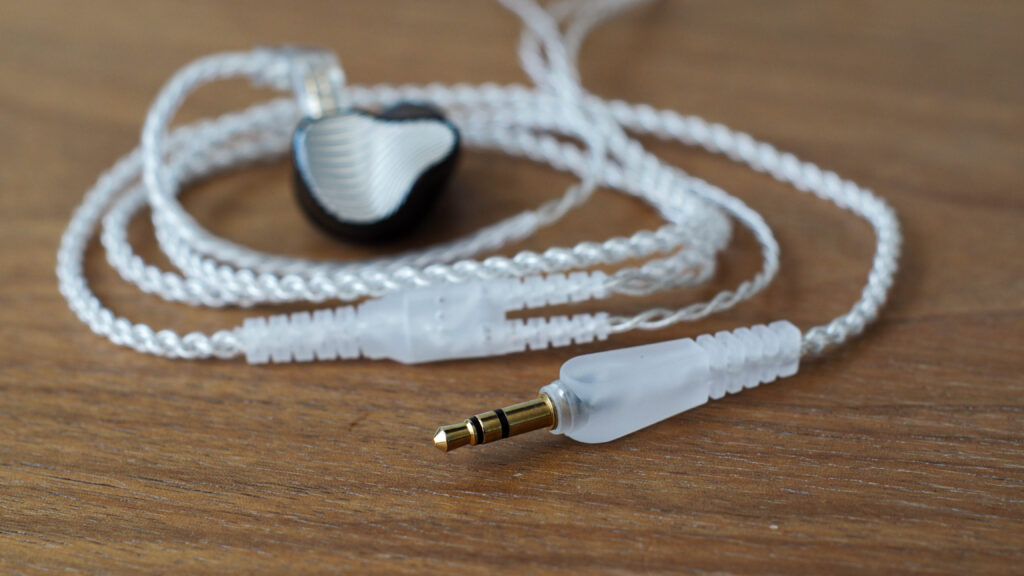
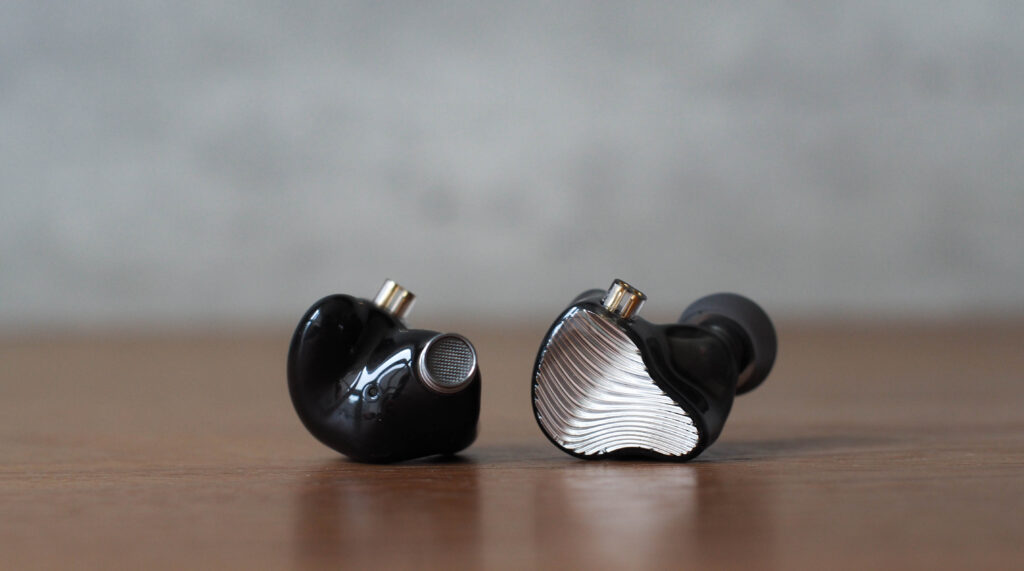

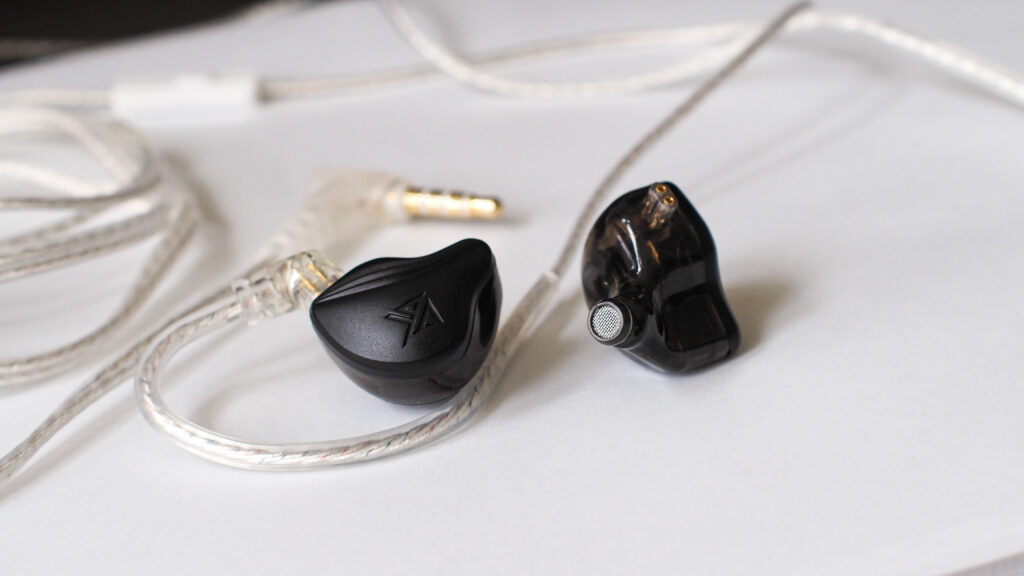
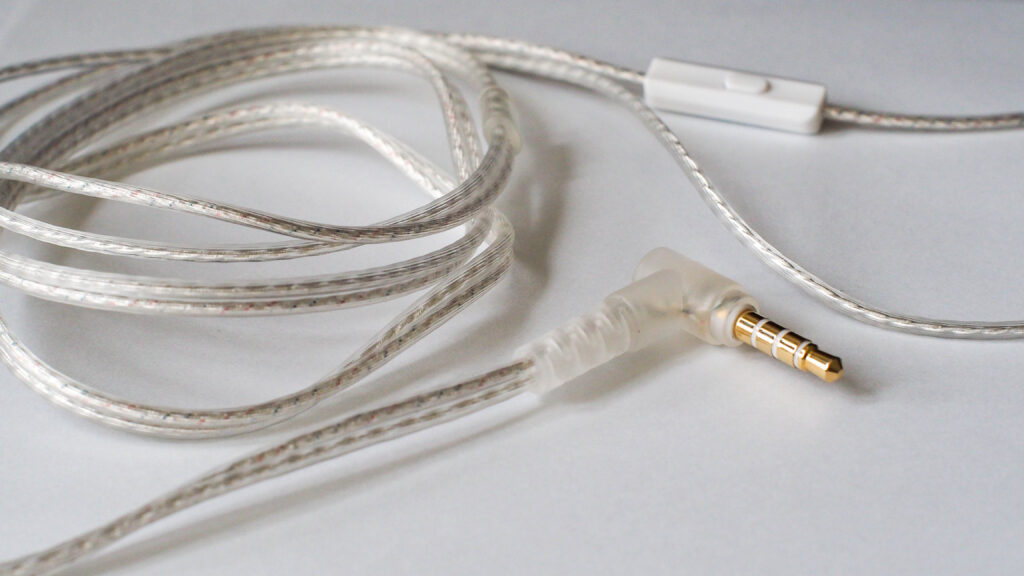
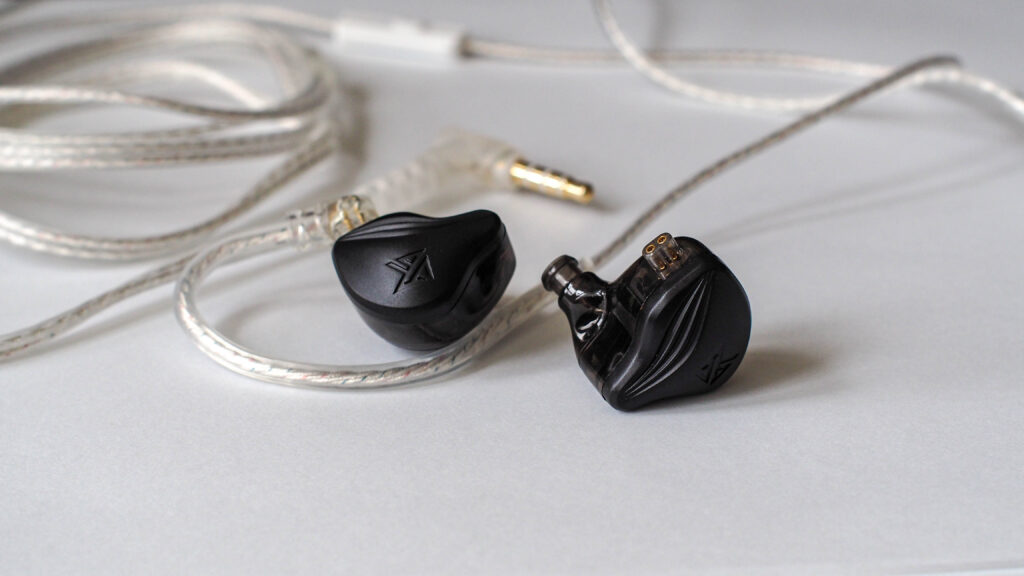
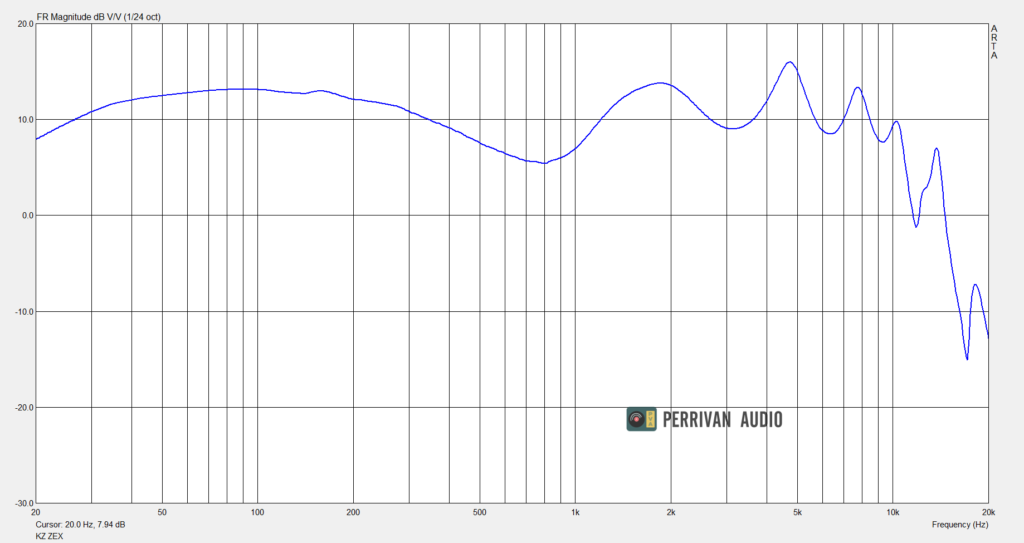
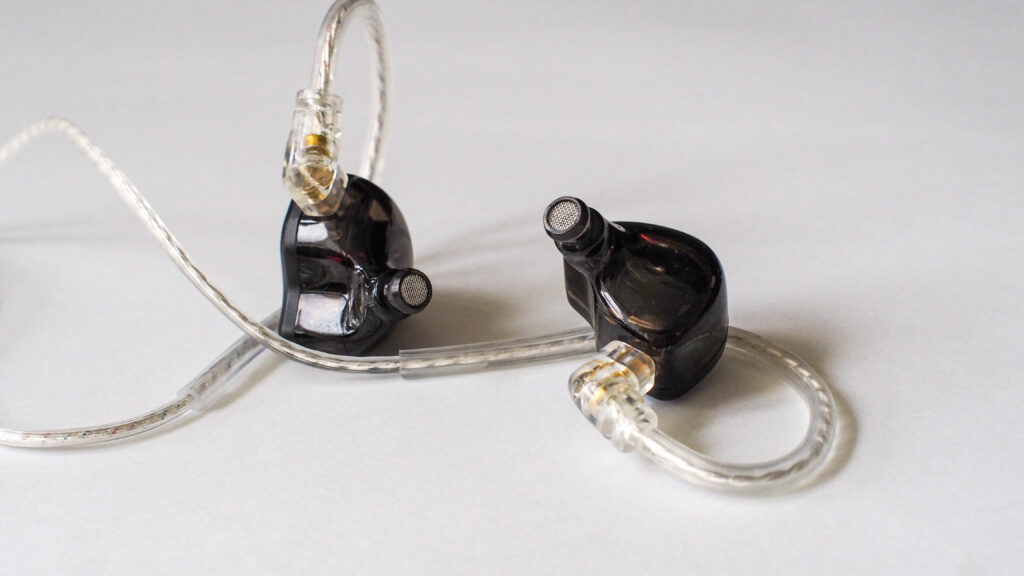


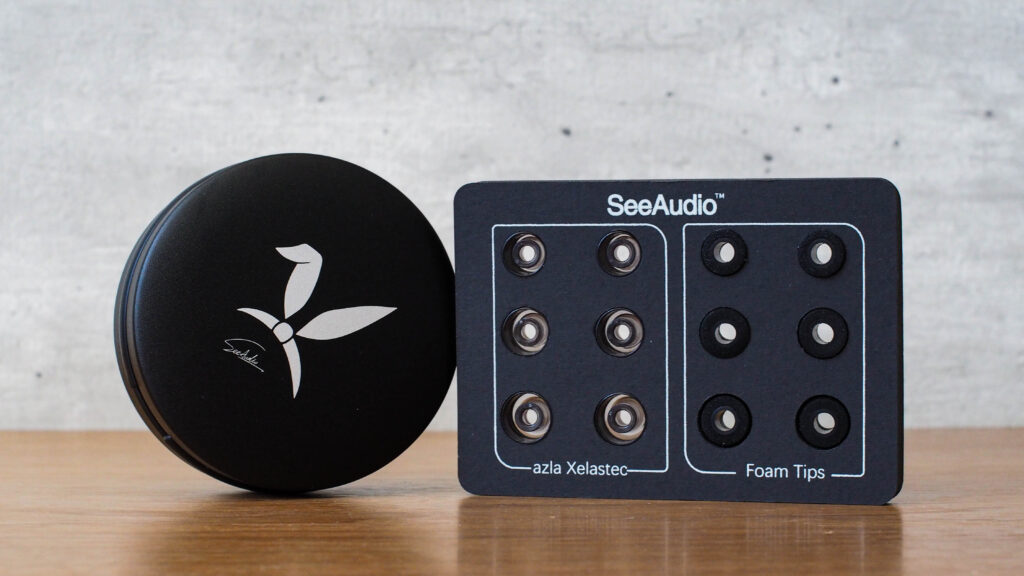
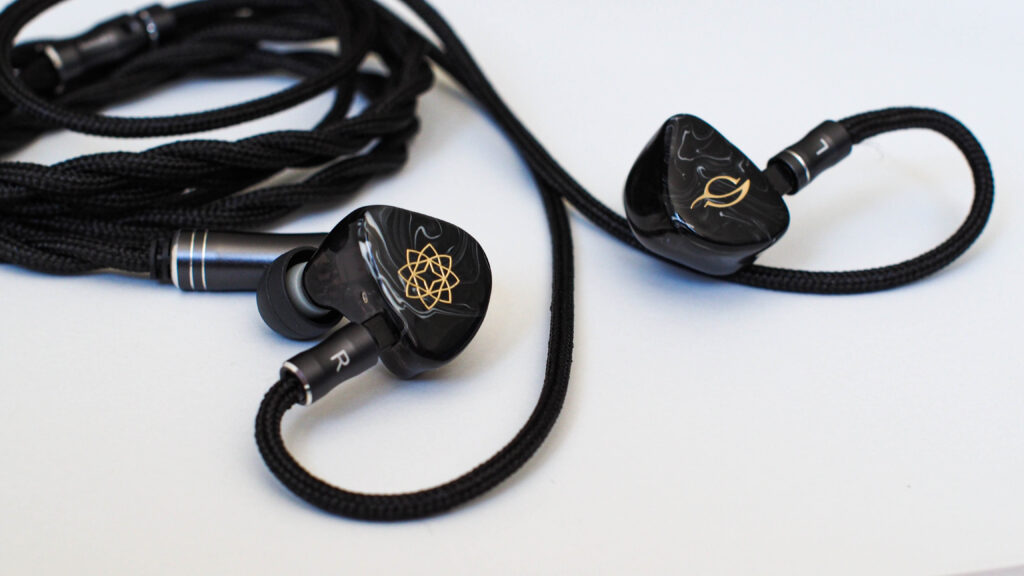

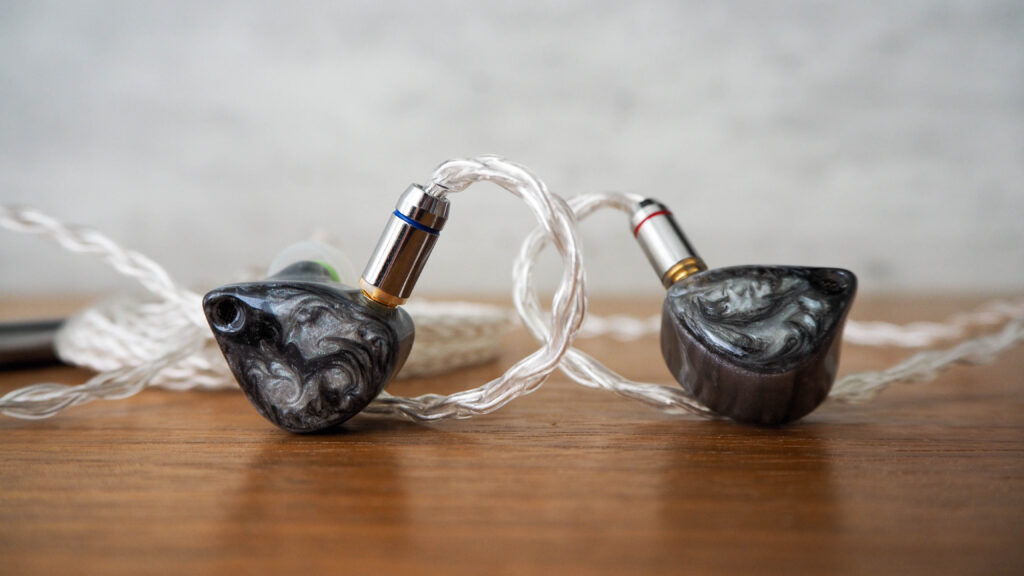
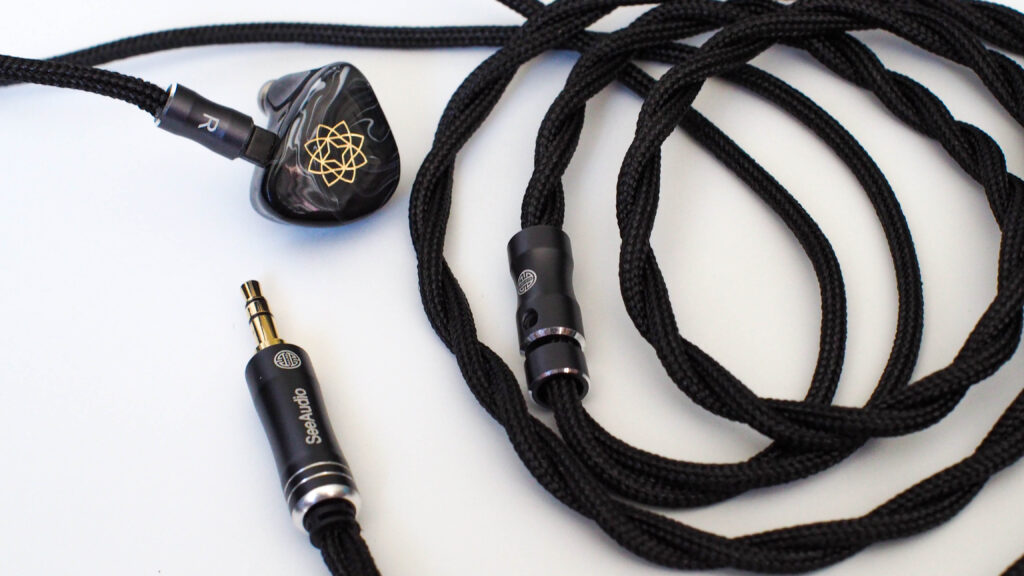

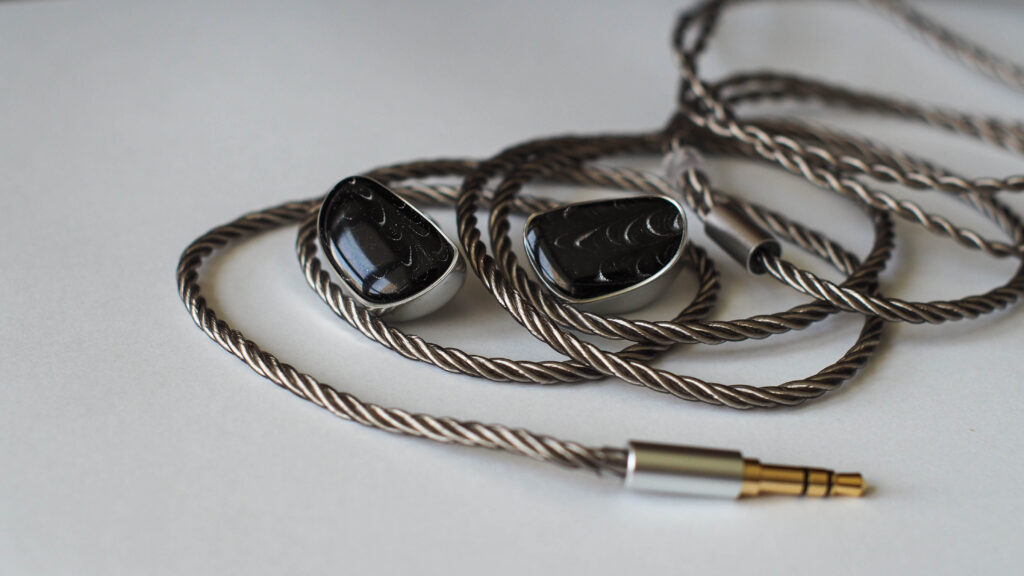
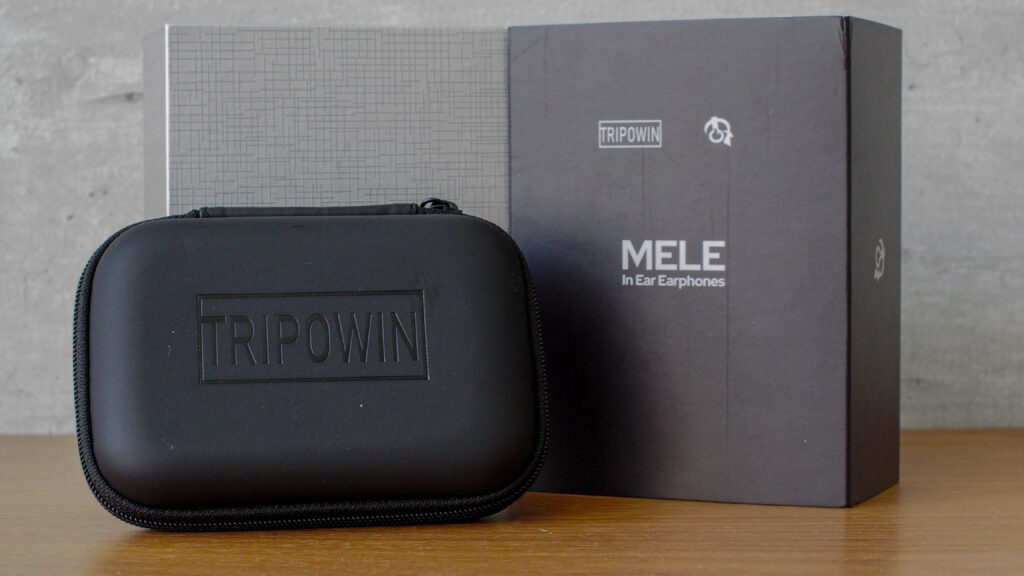
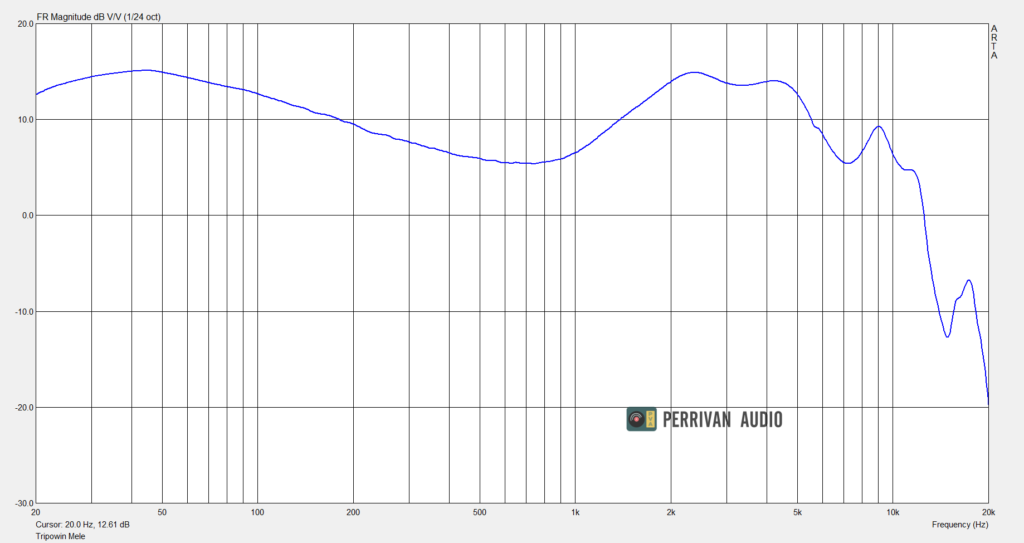
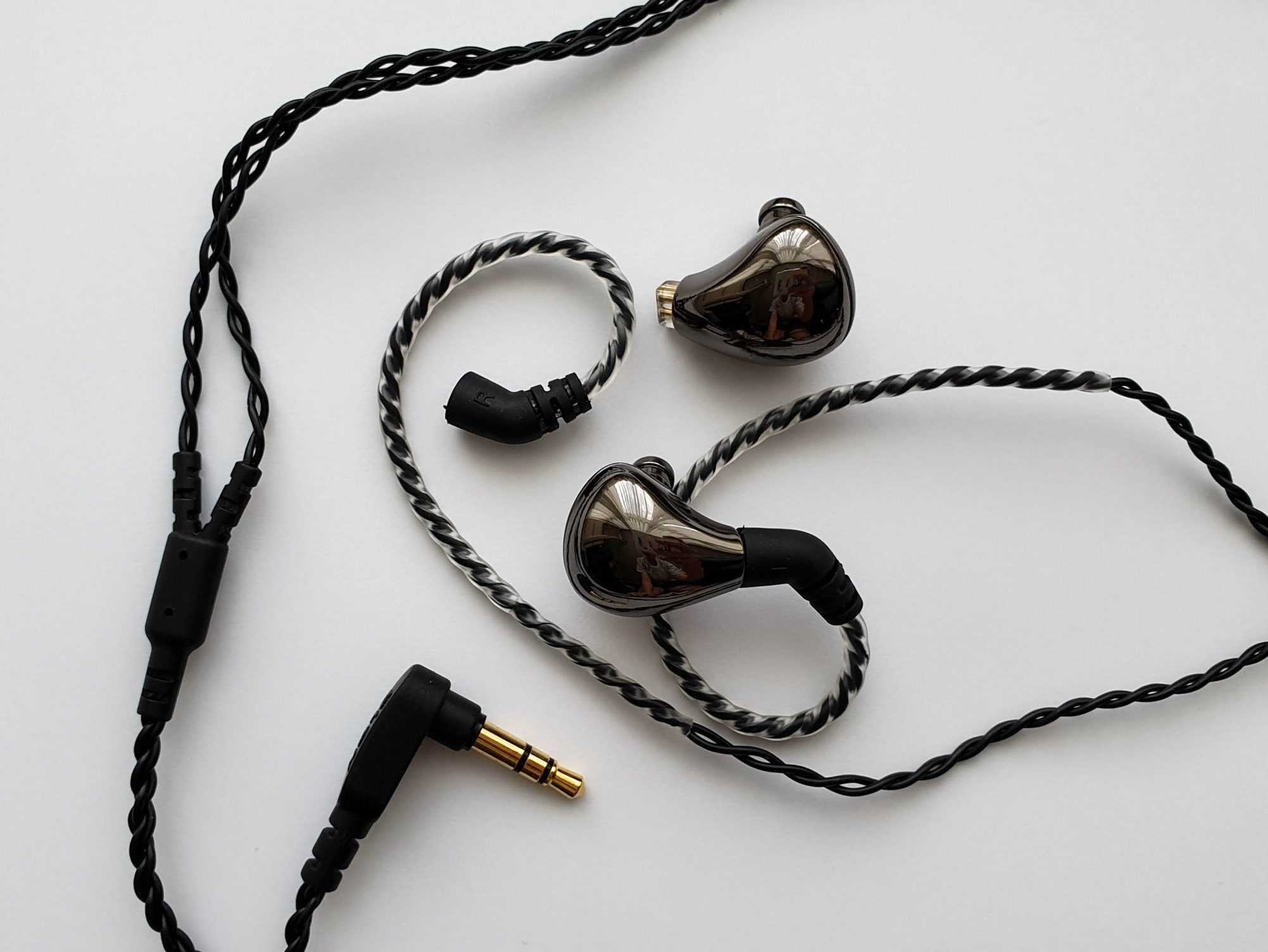
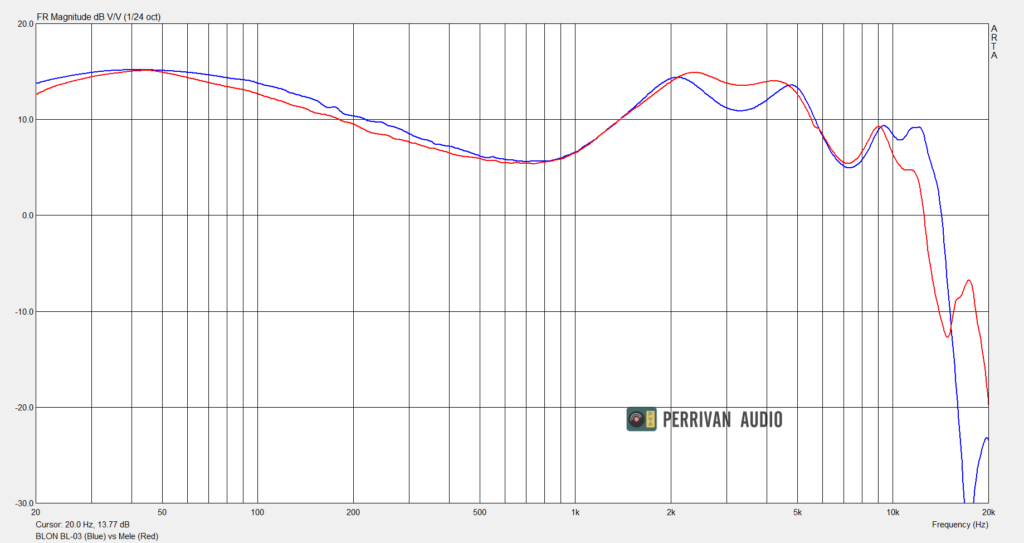




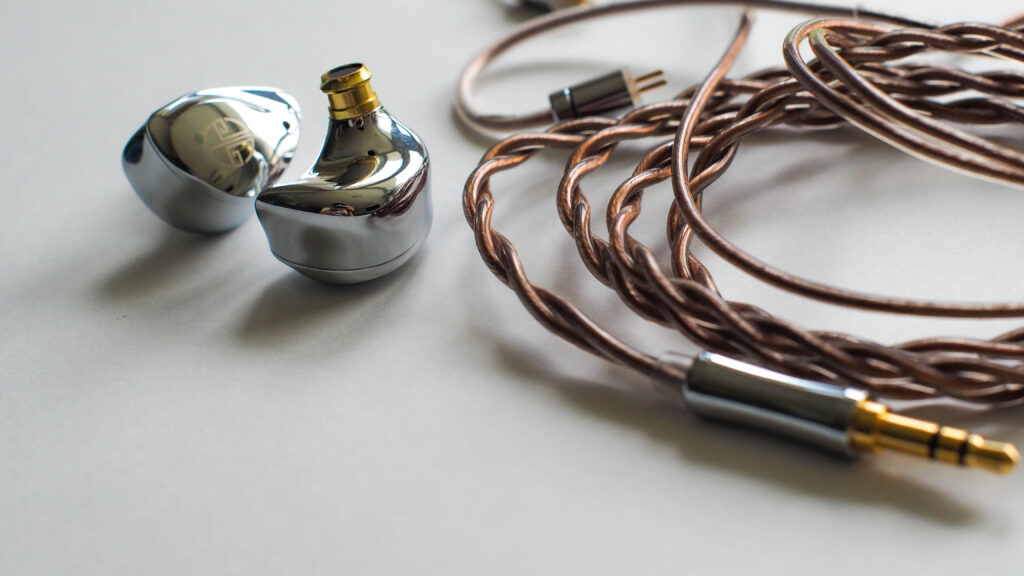
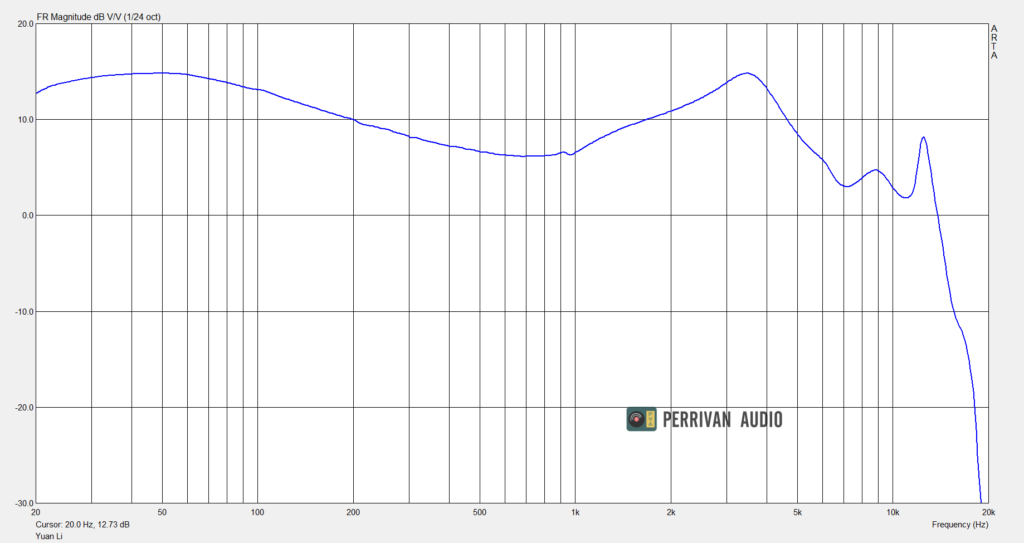
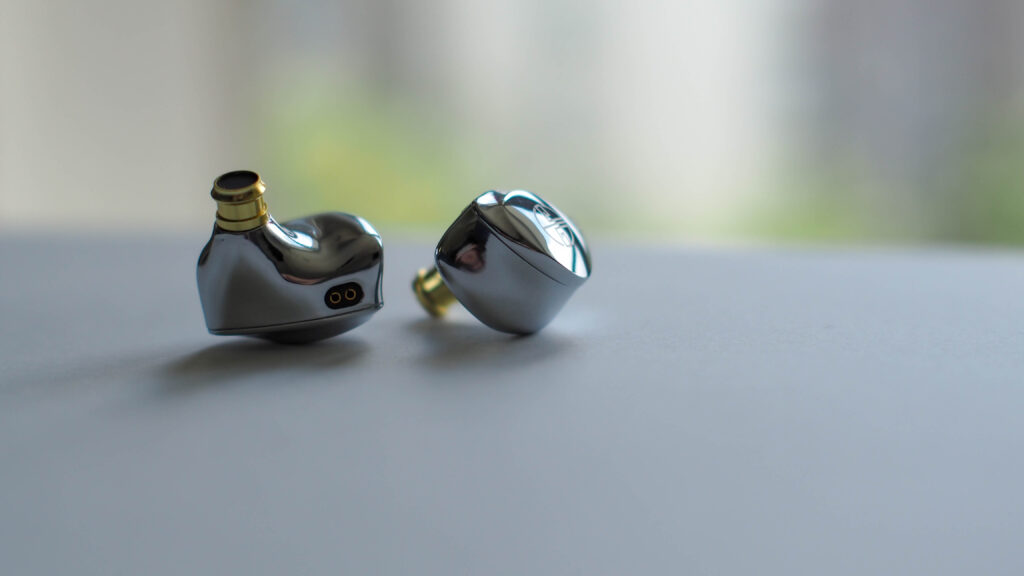
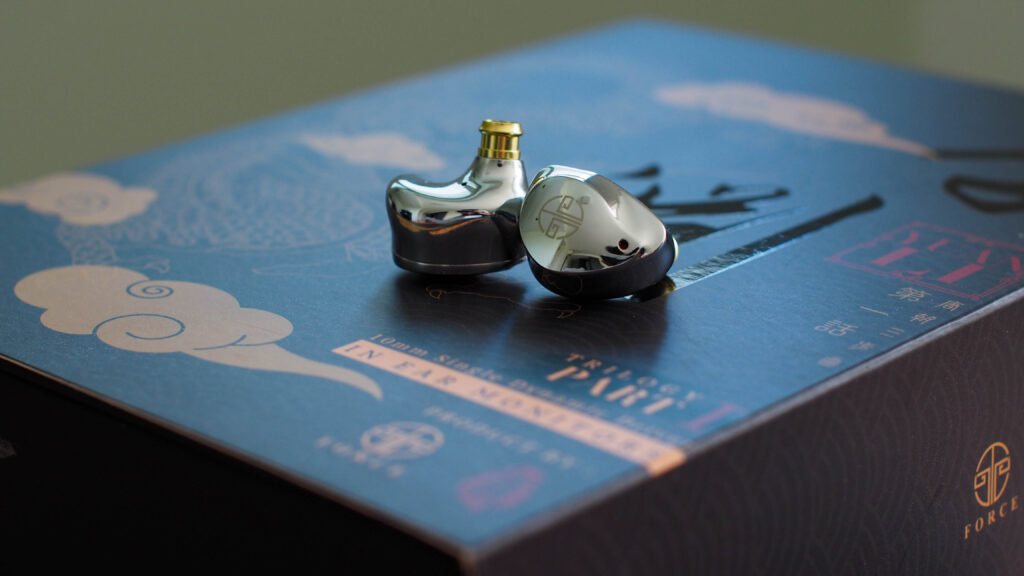



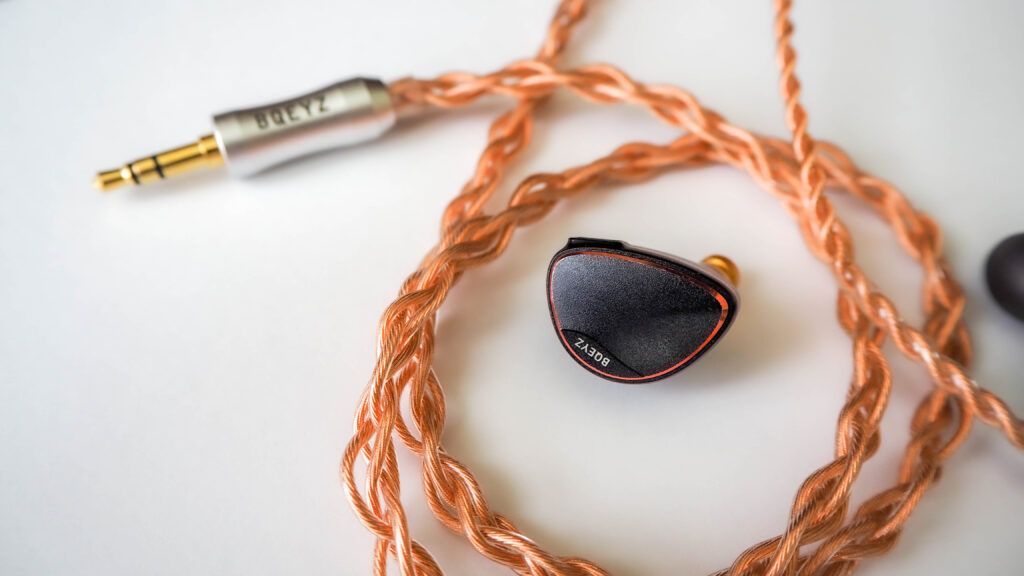

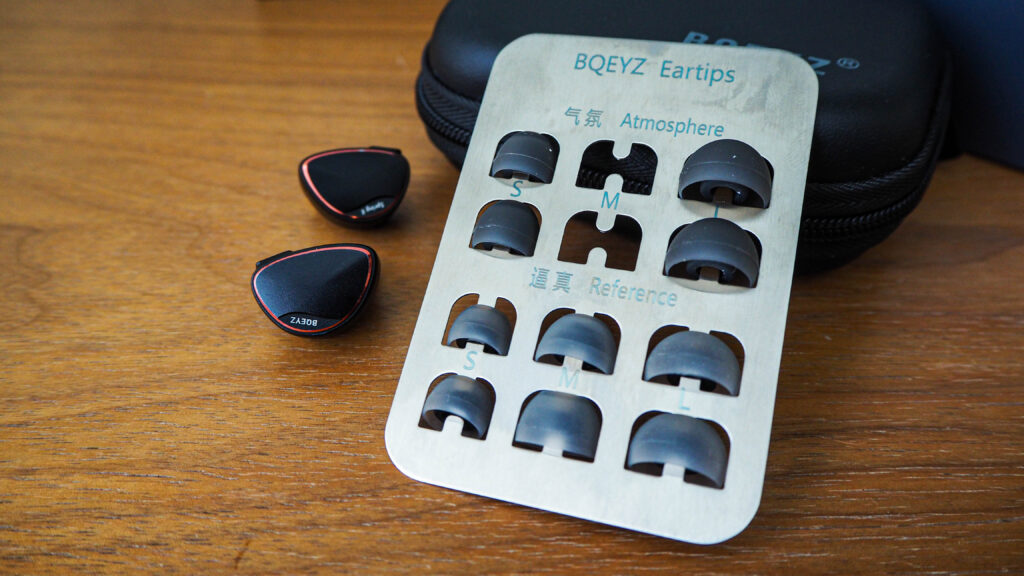
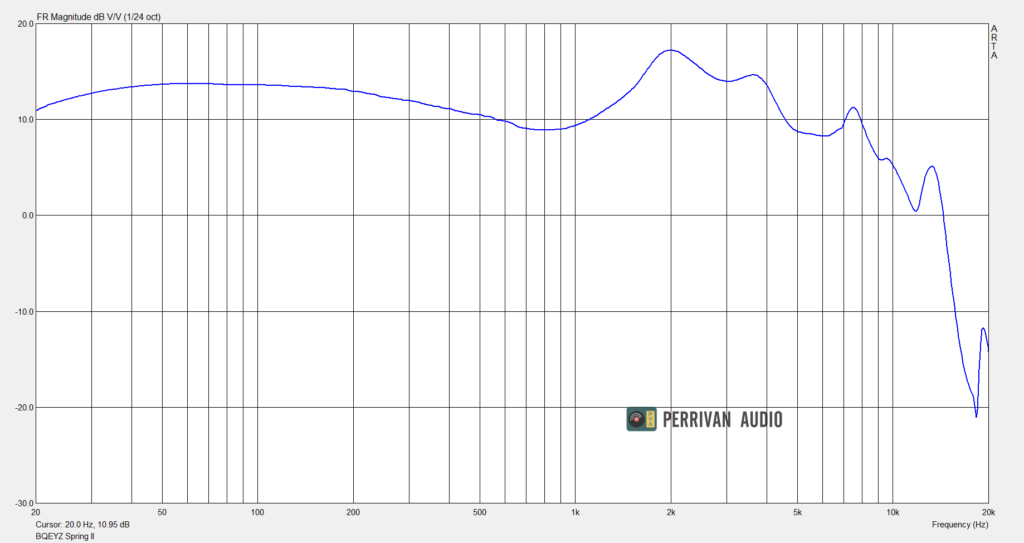
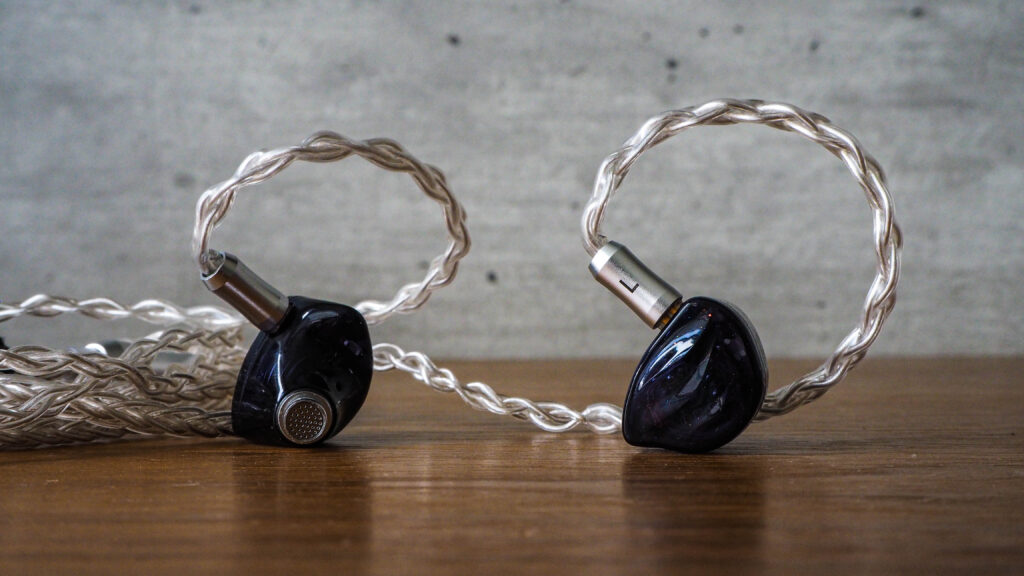



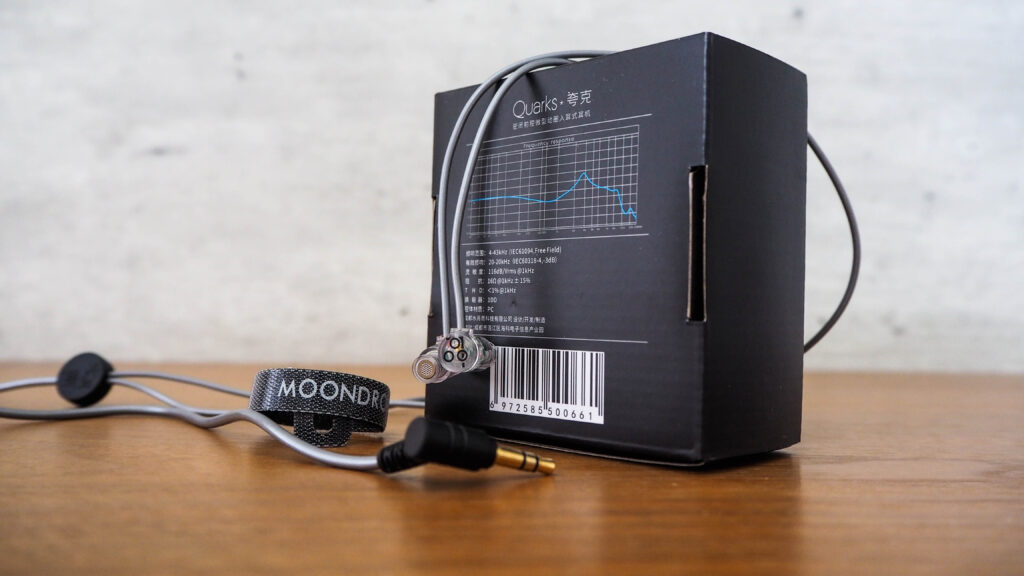
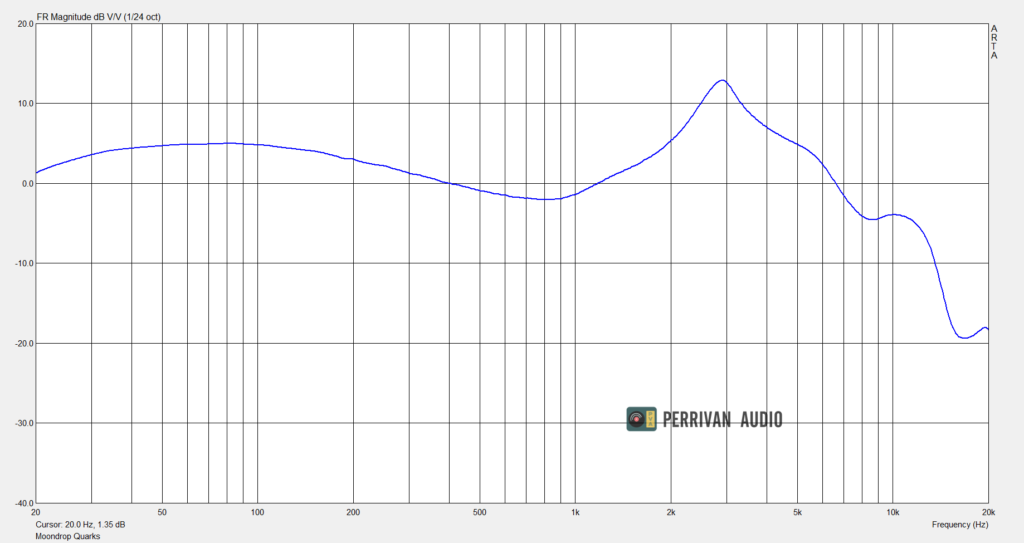
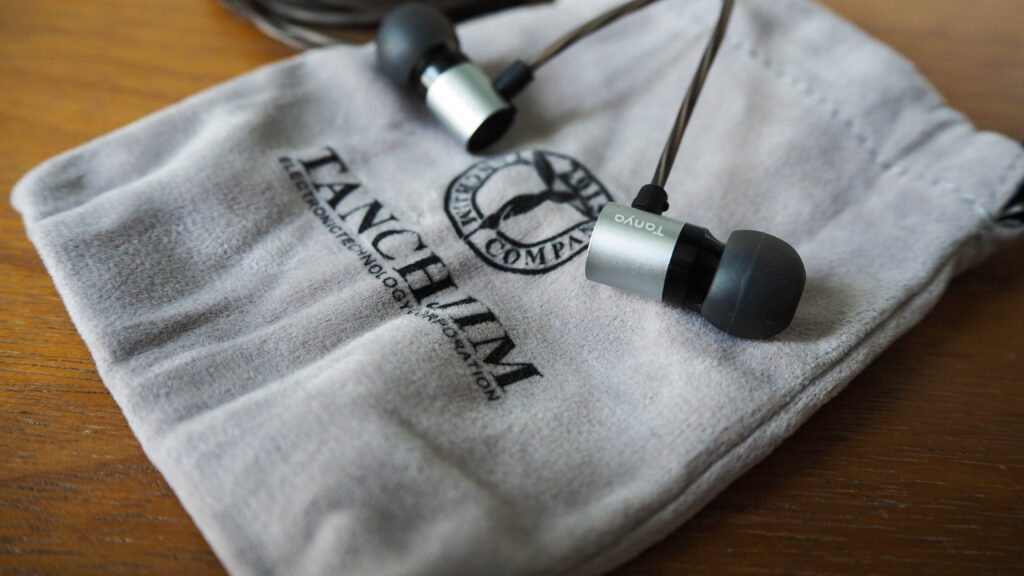


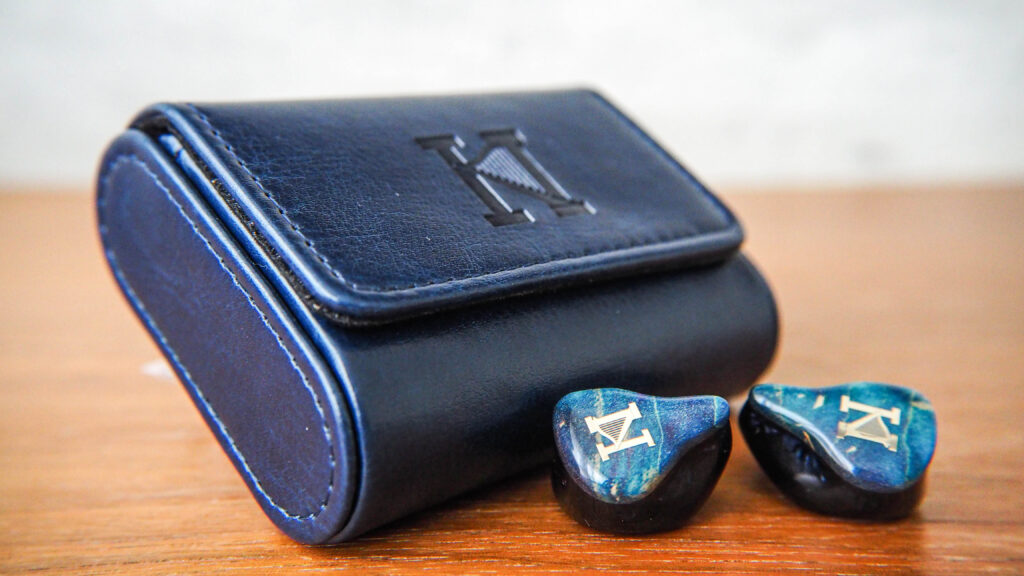
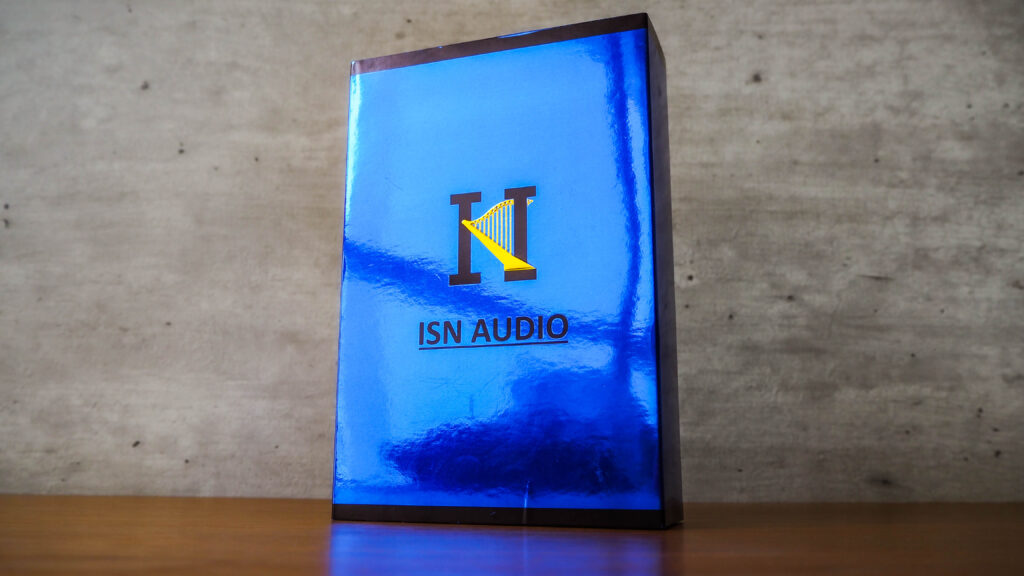
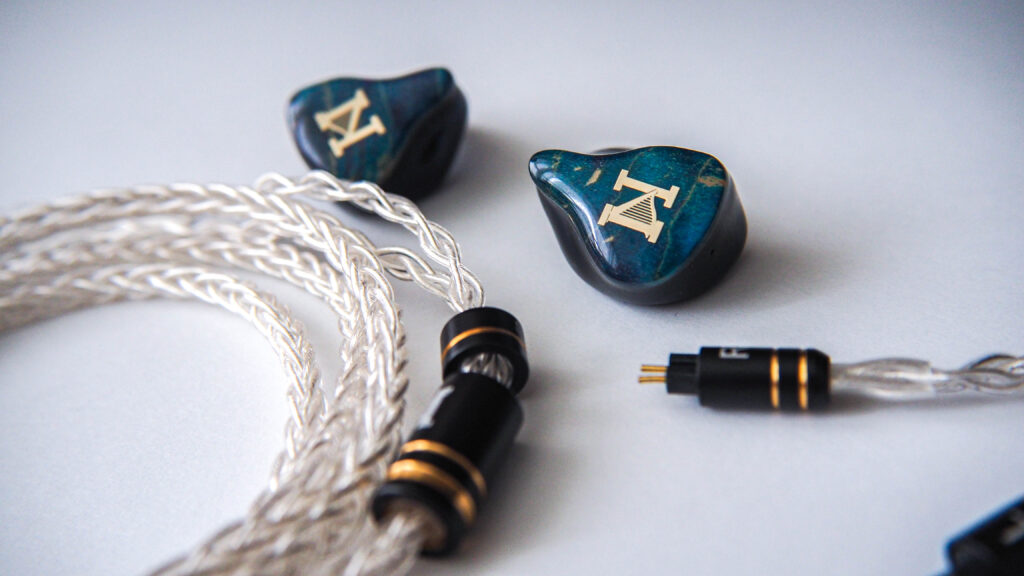
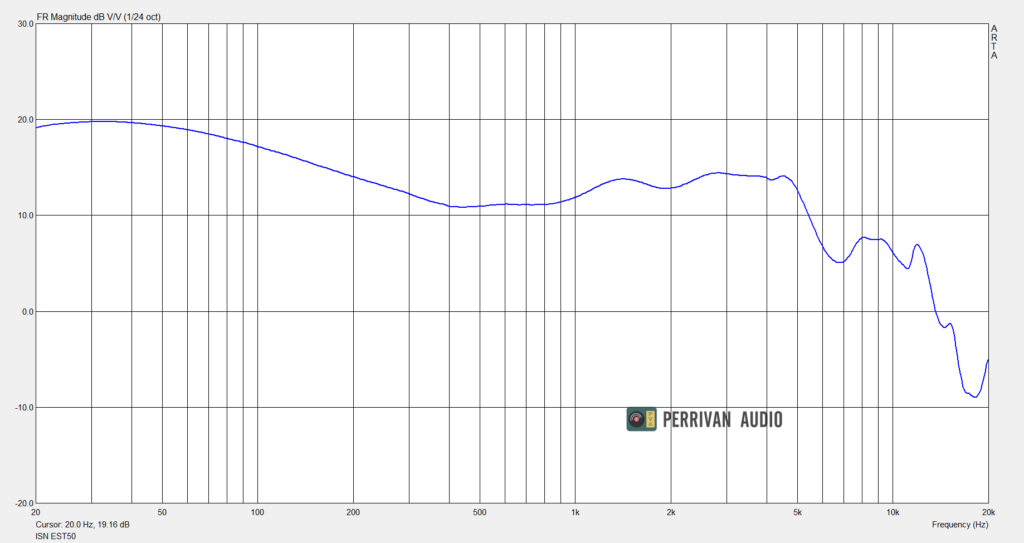
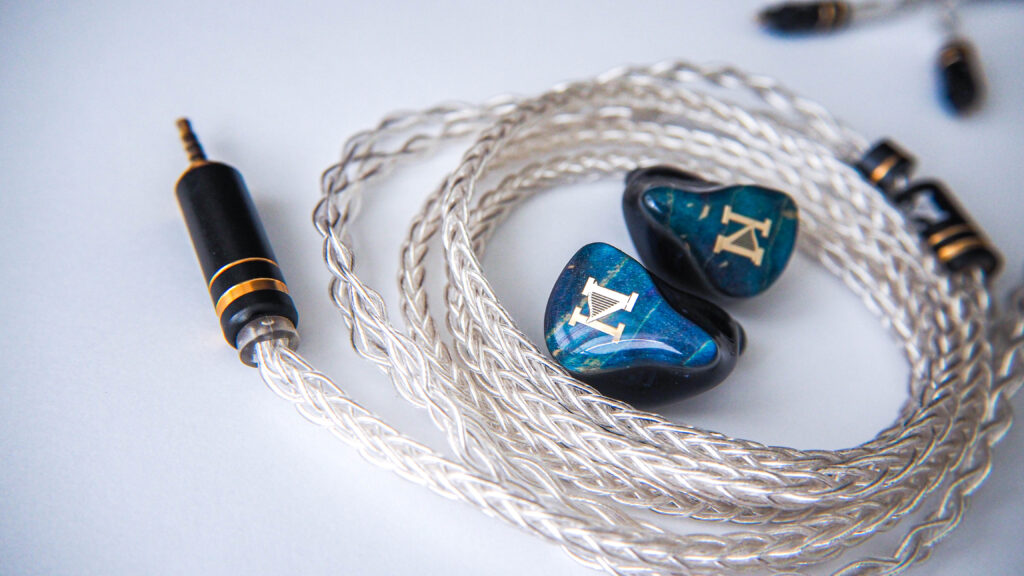

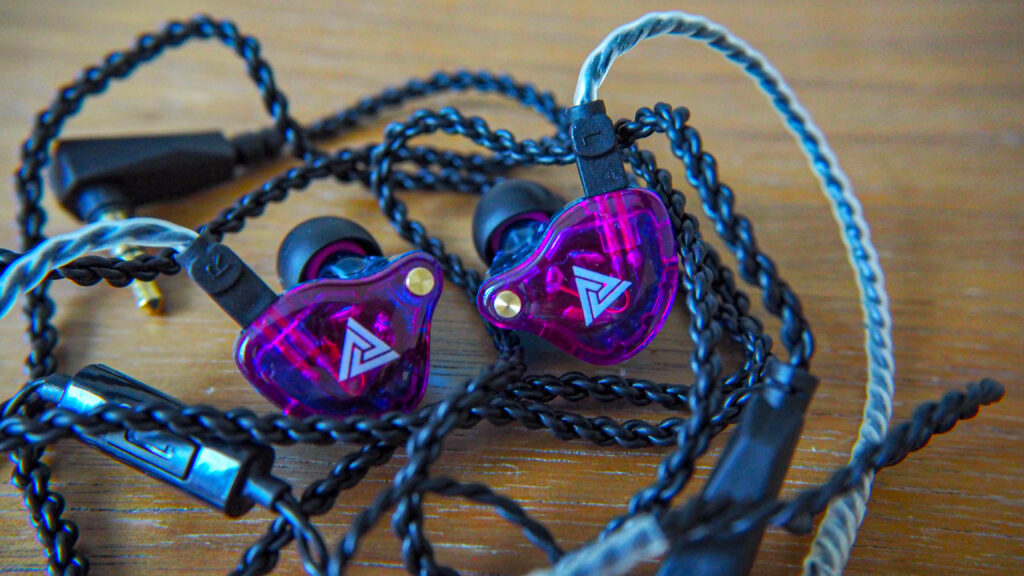

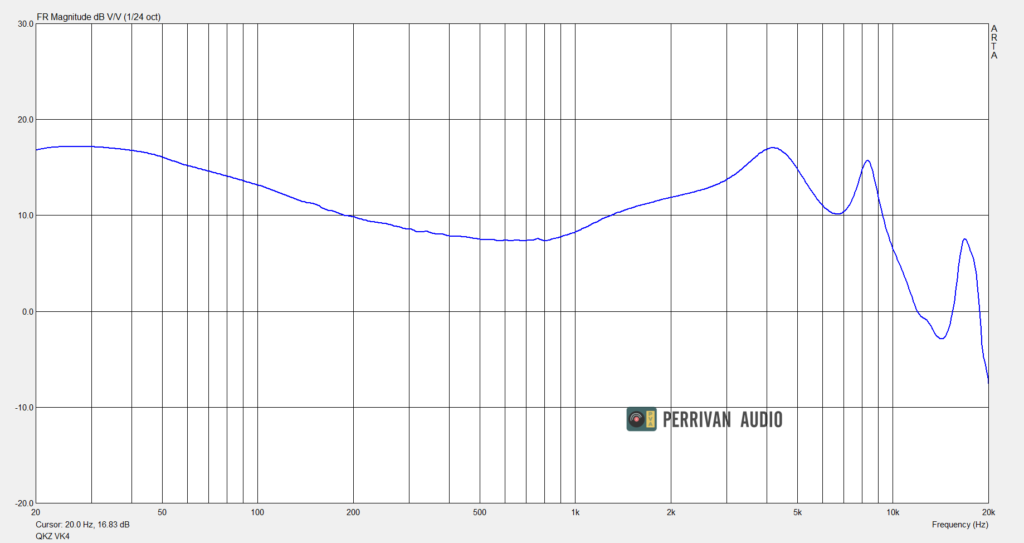
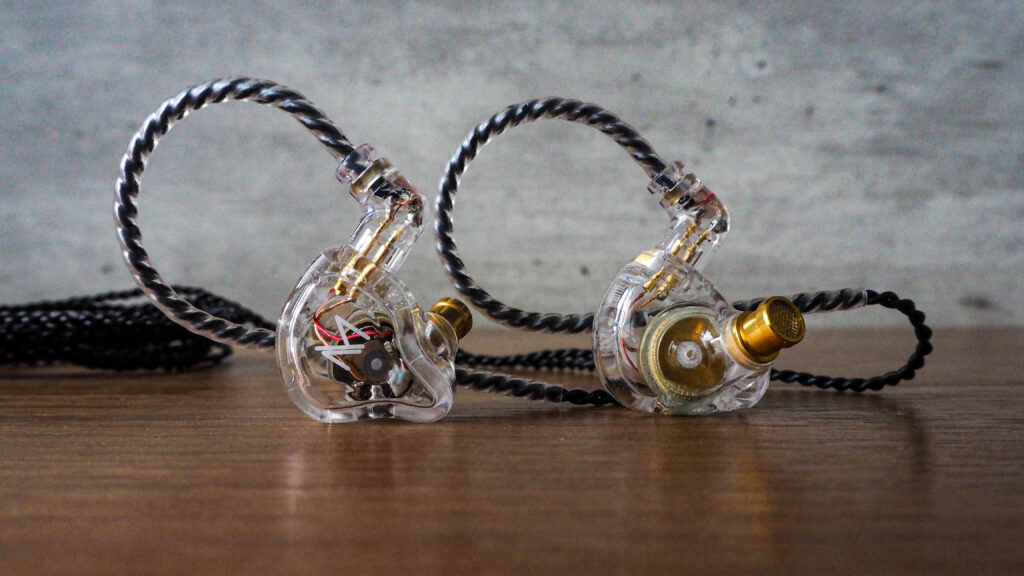
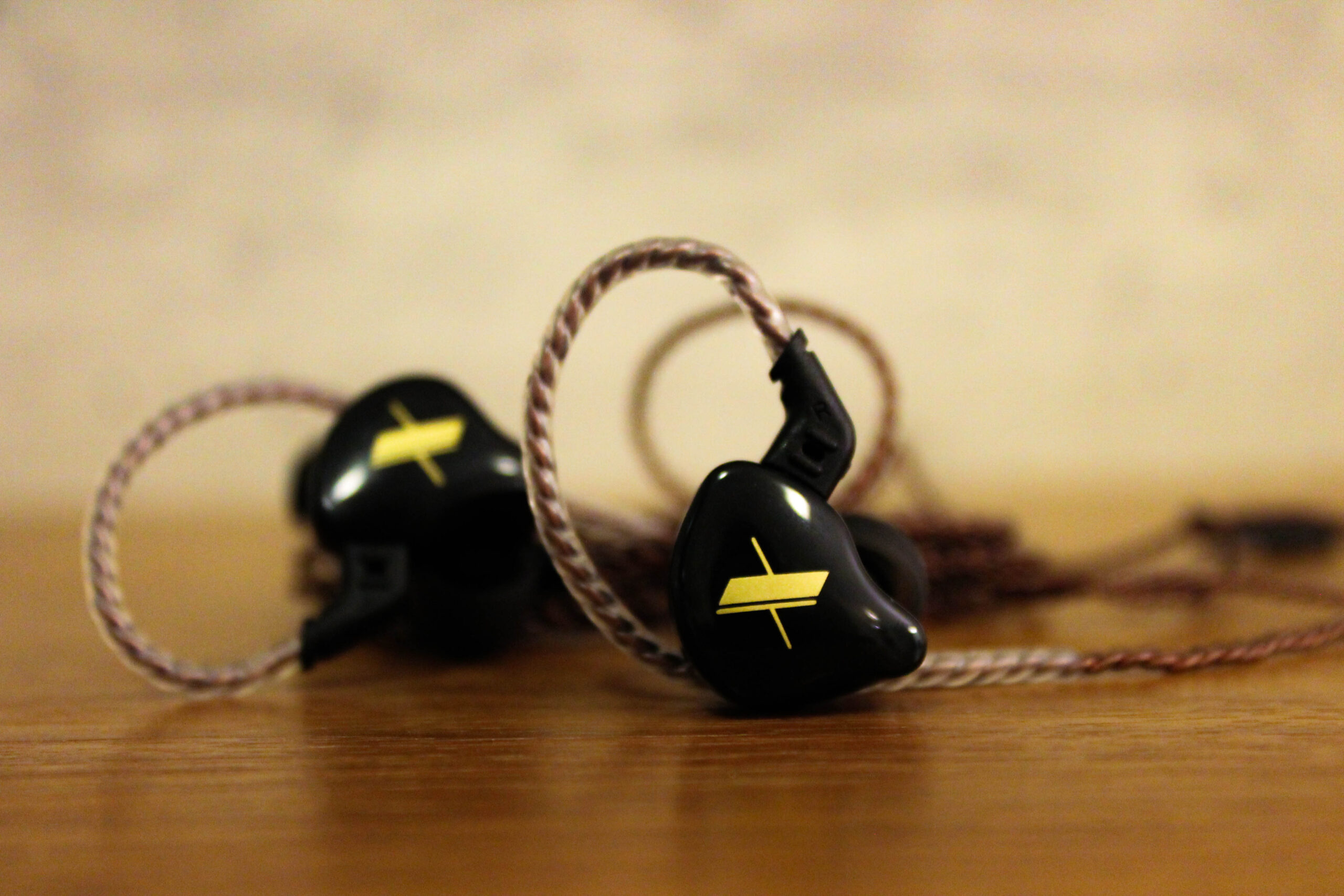
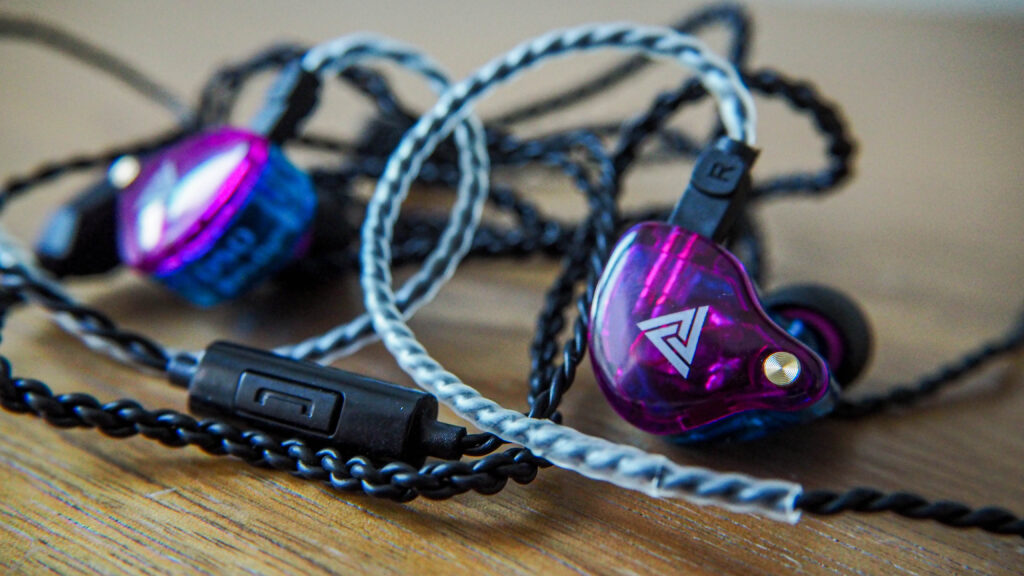

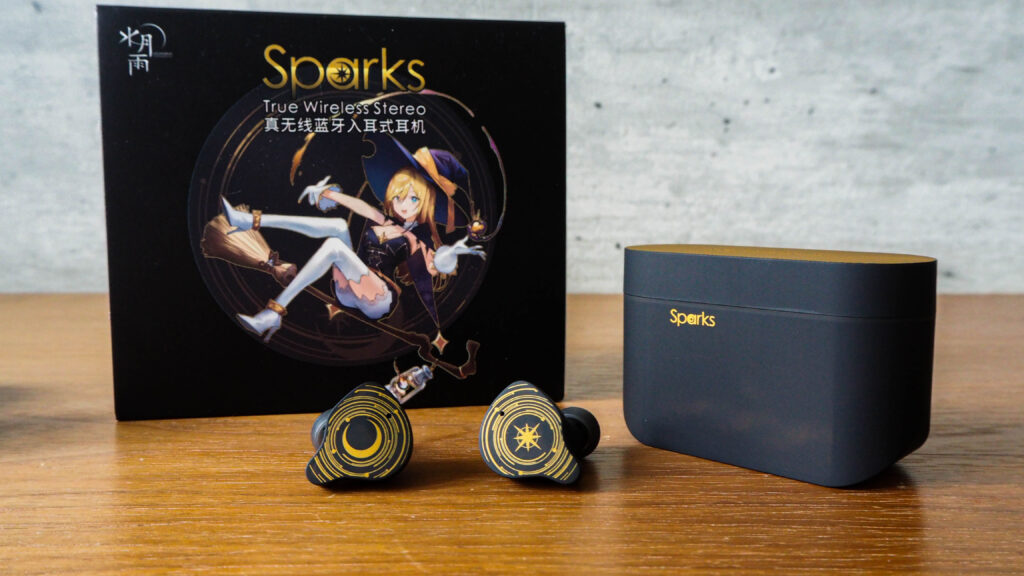

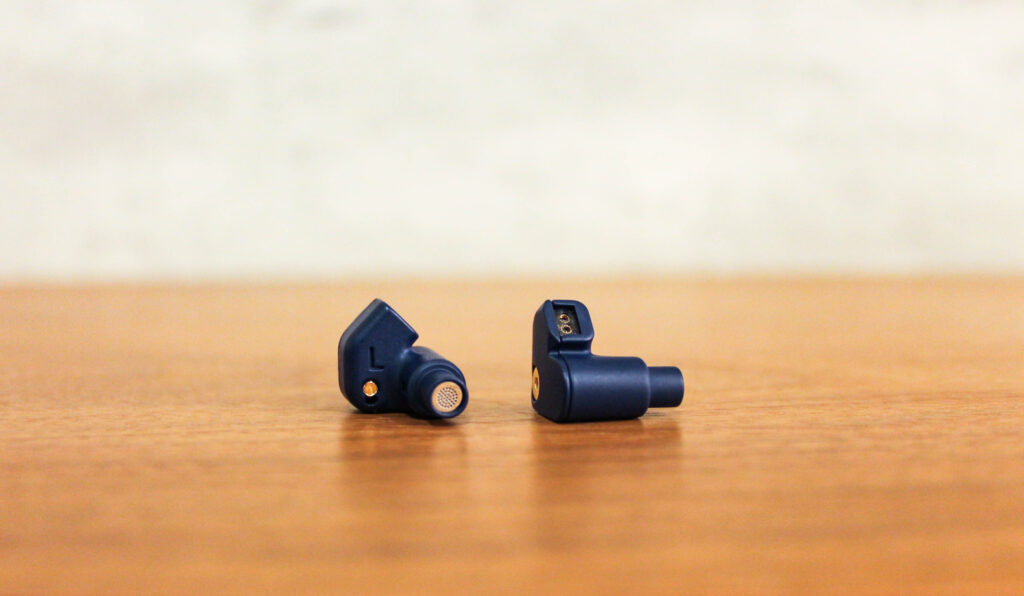









Will this set also be gone after a while of advertising?